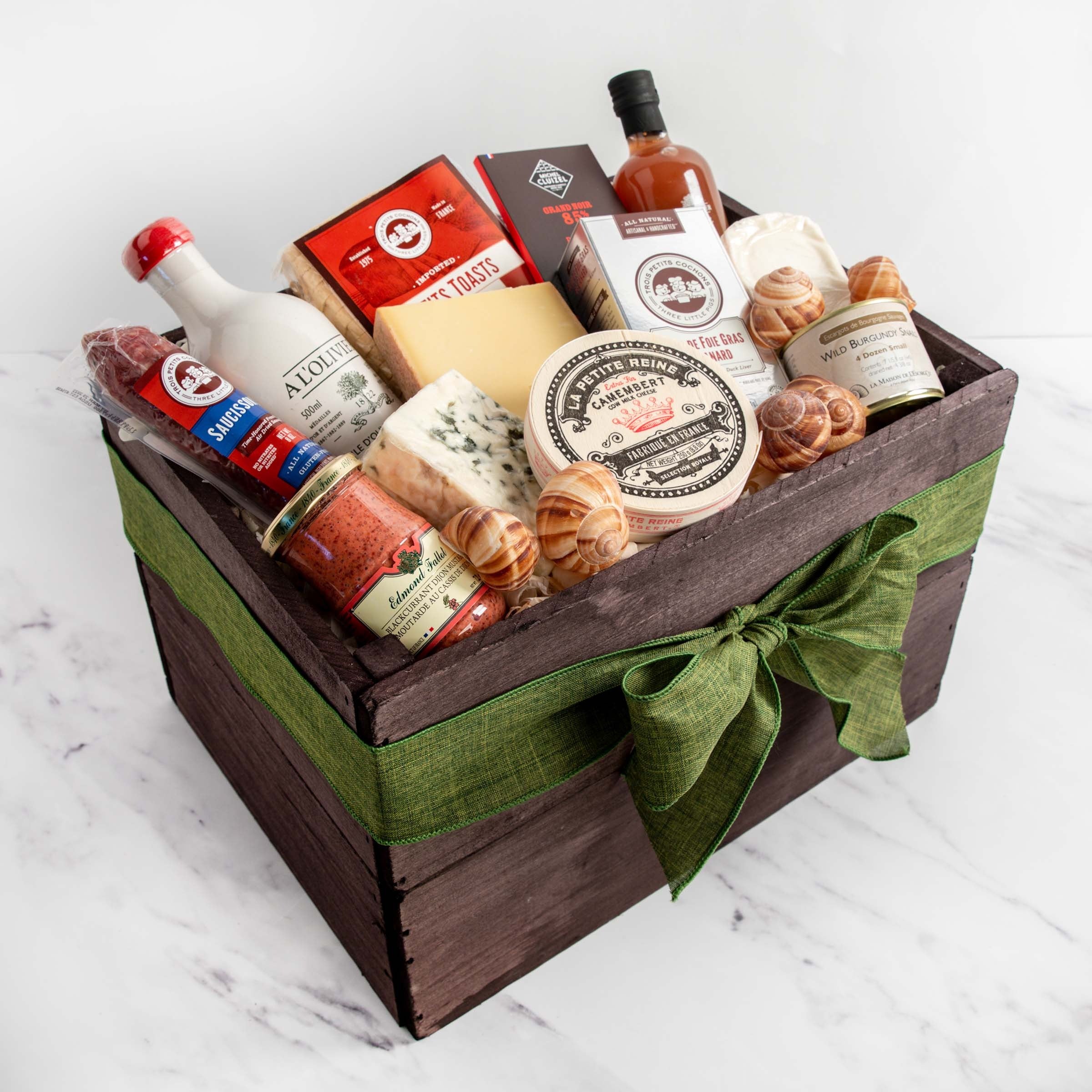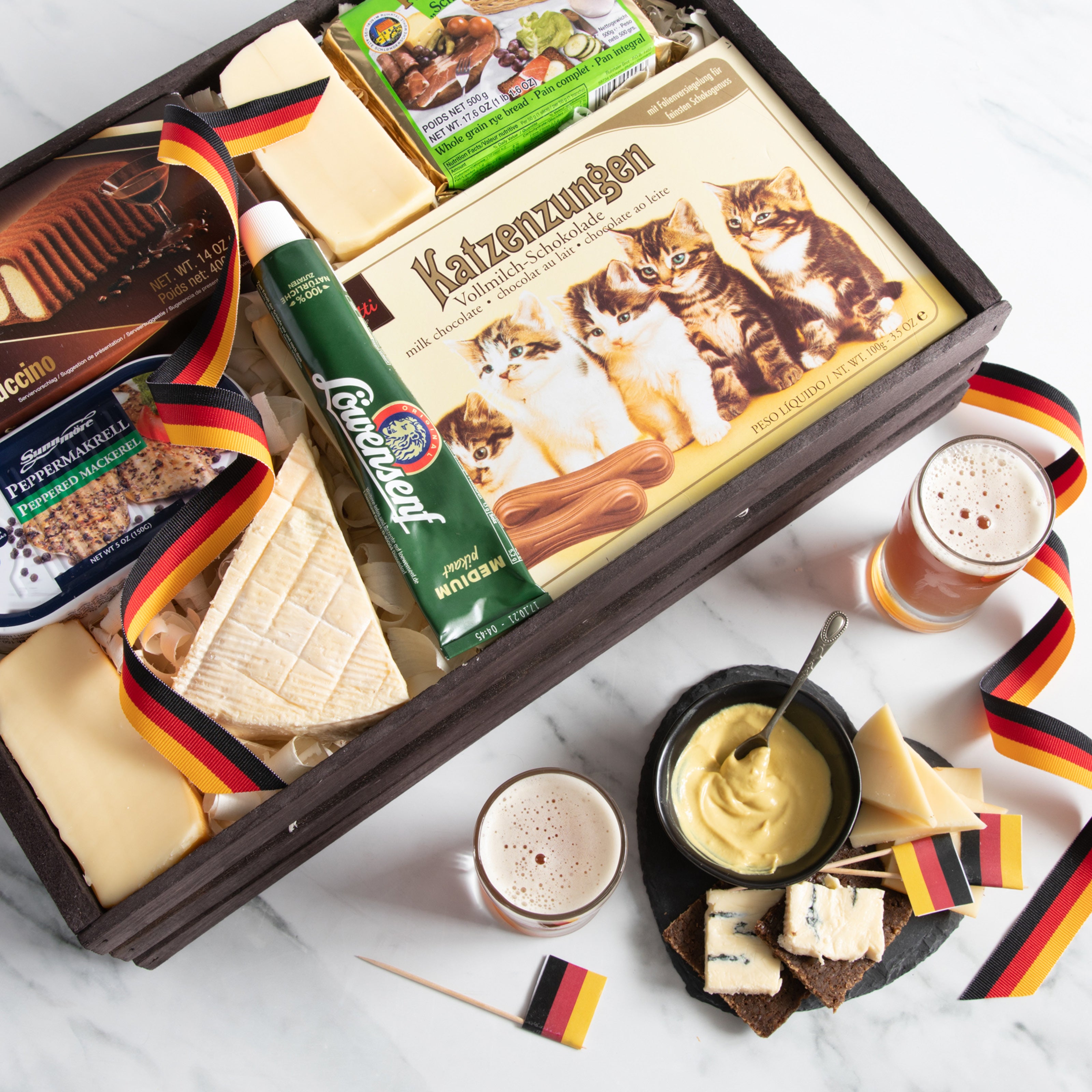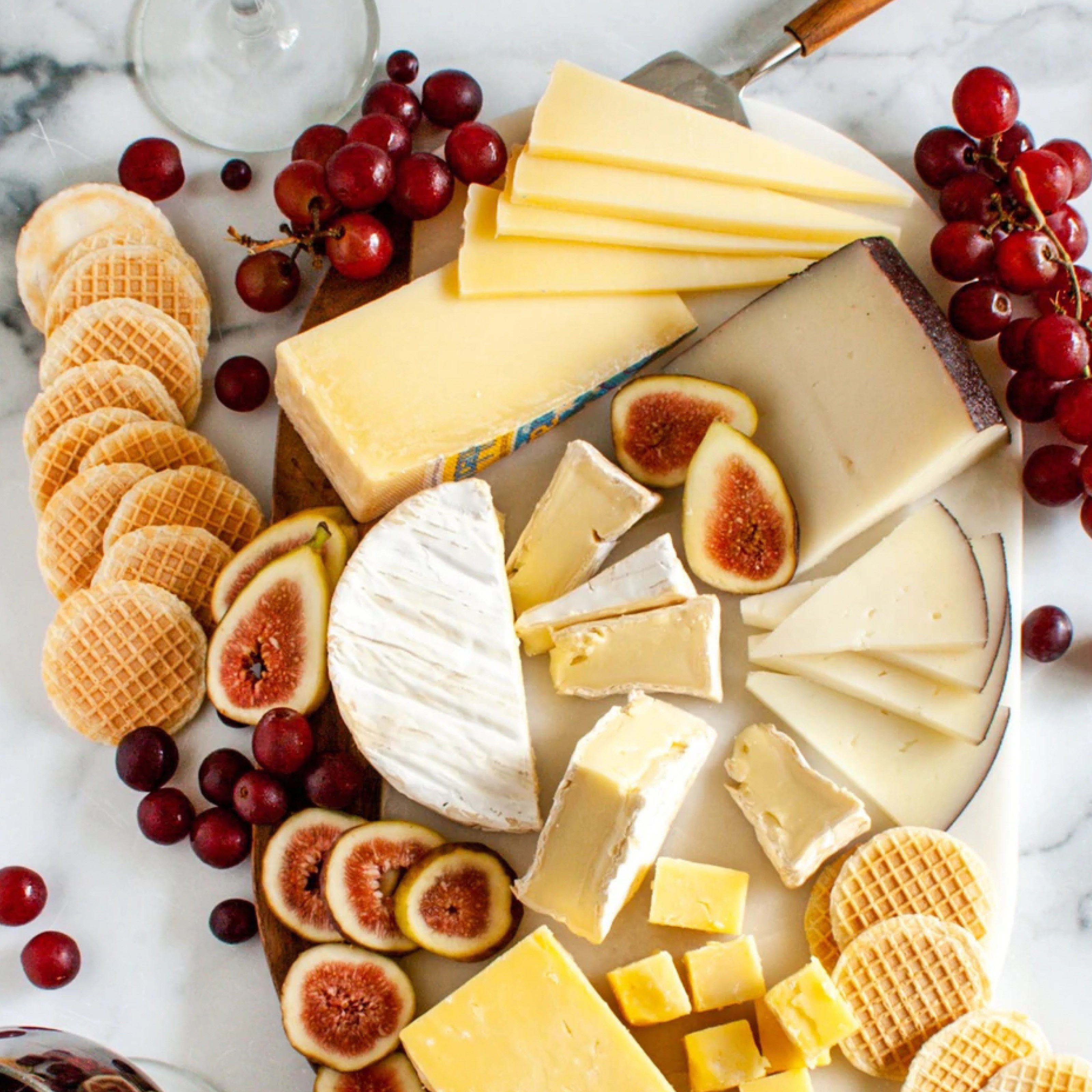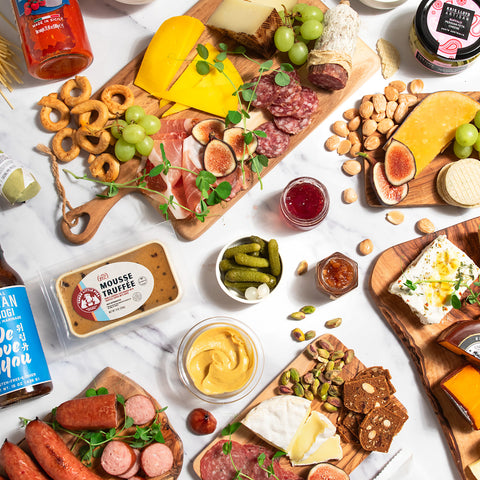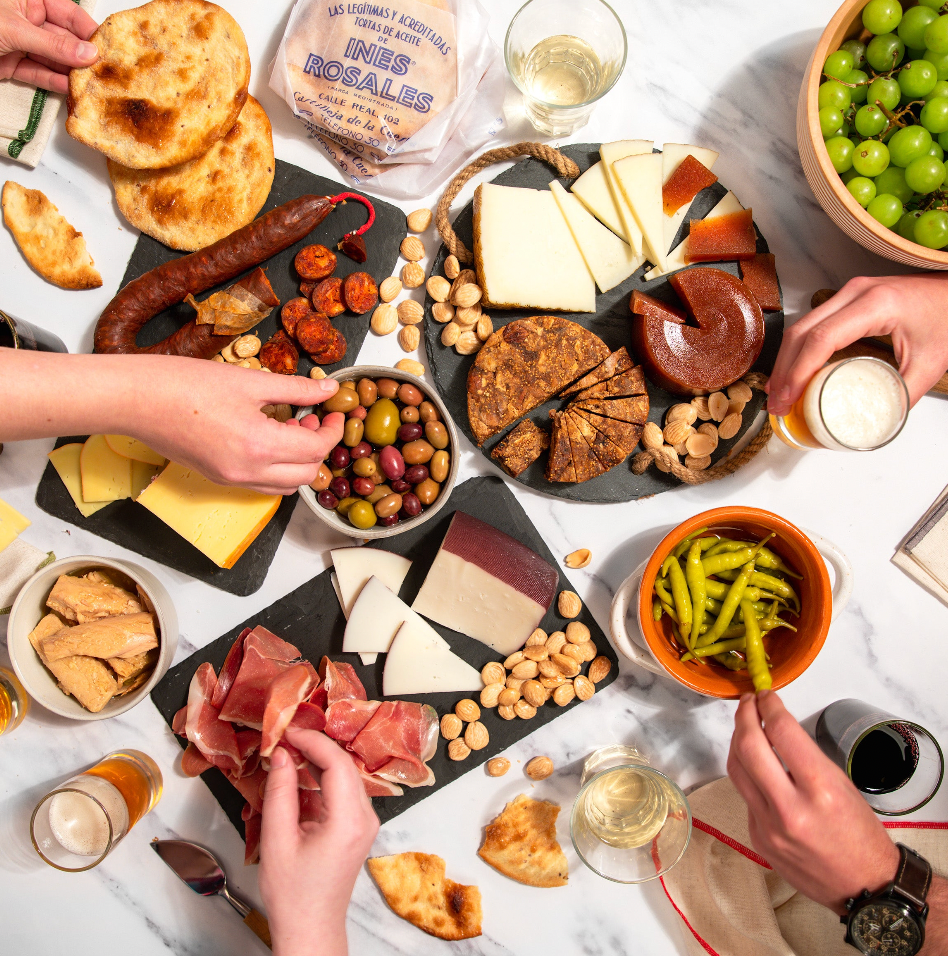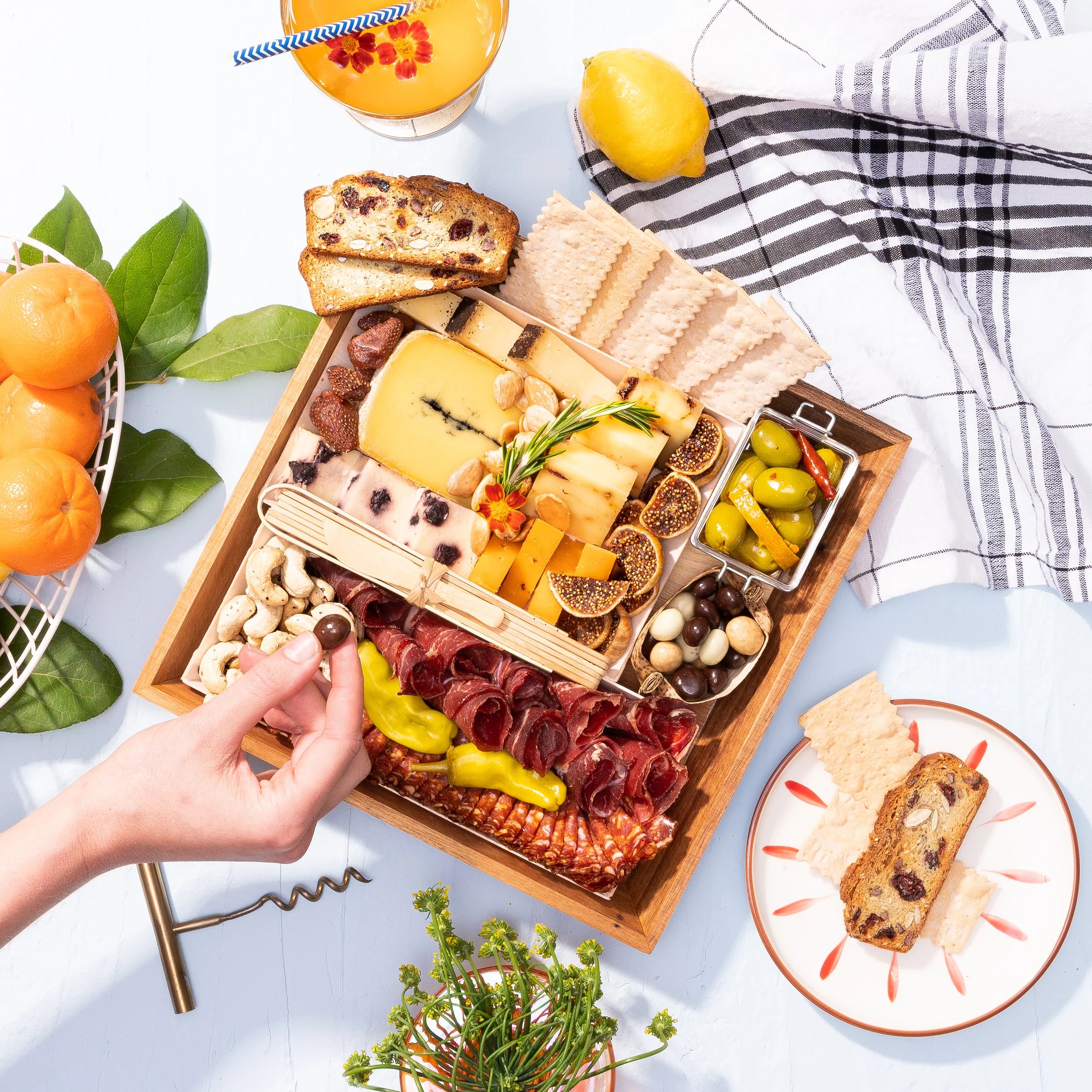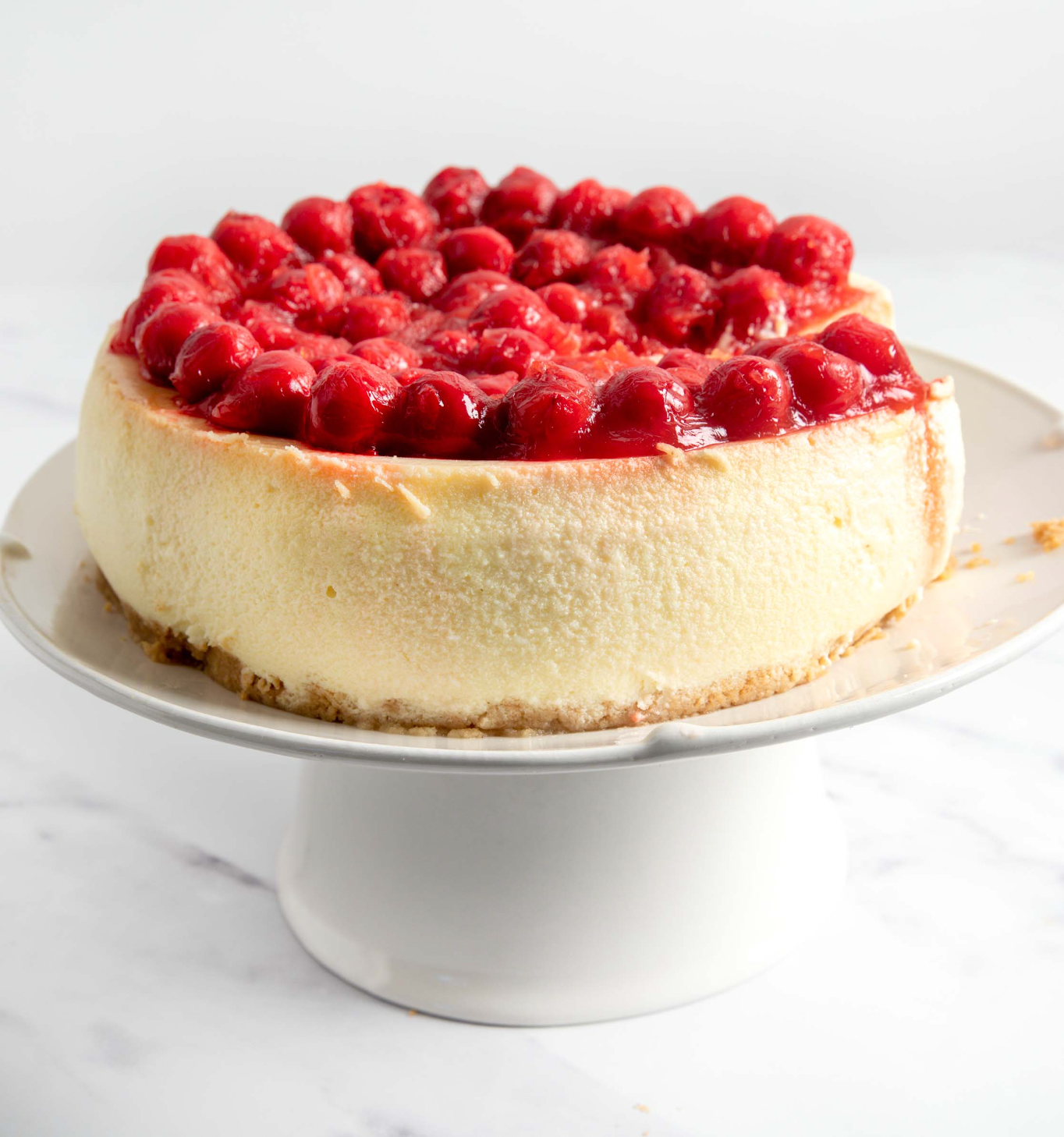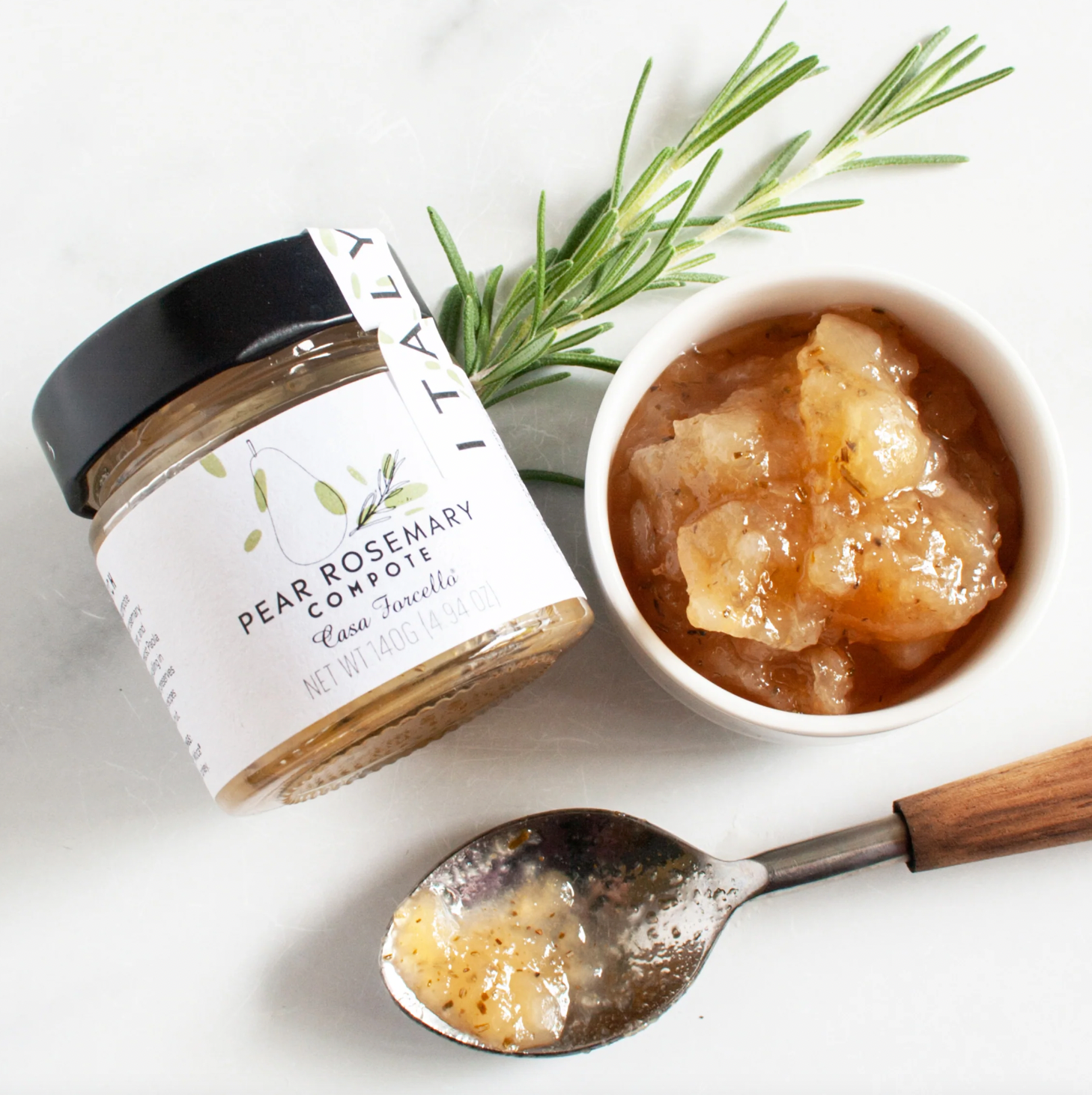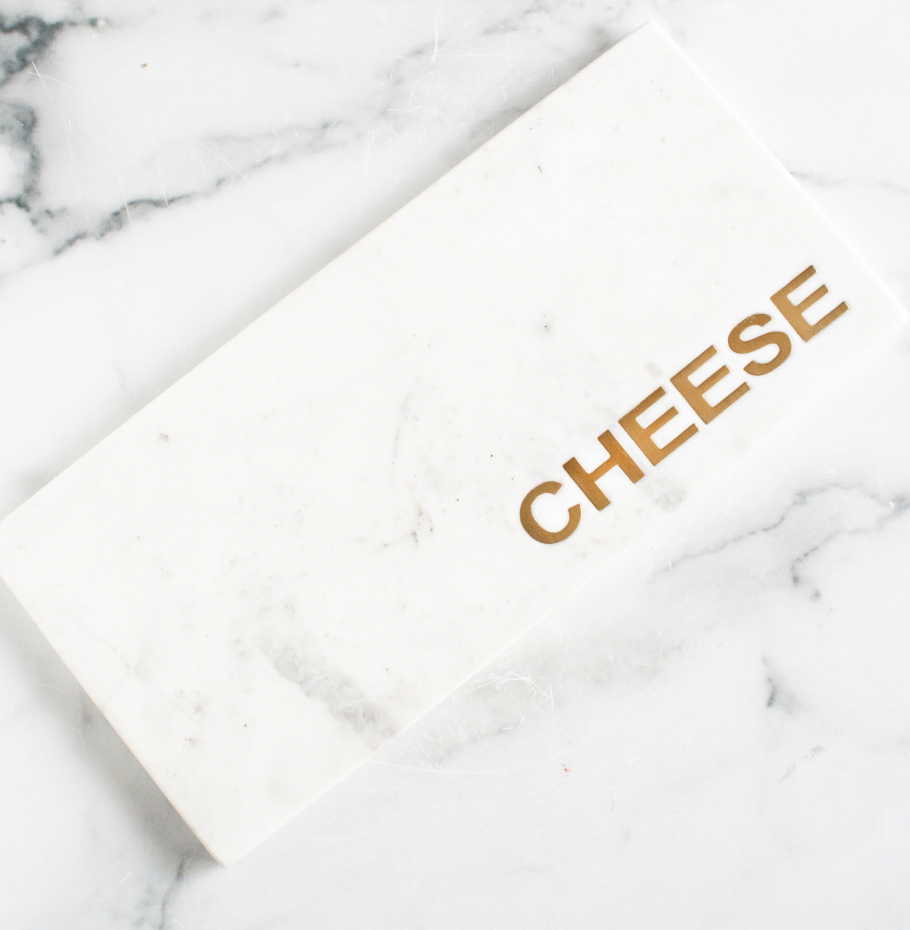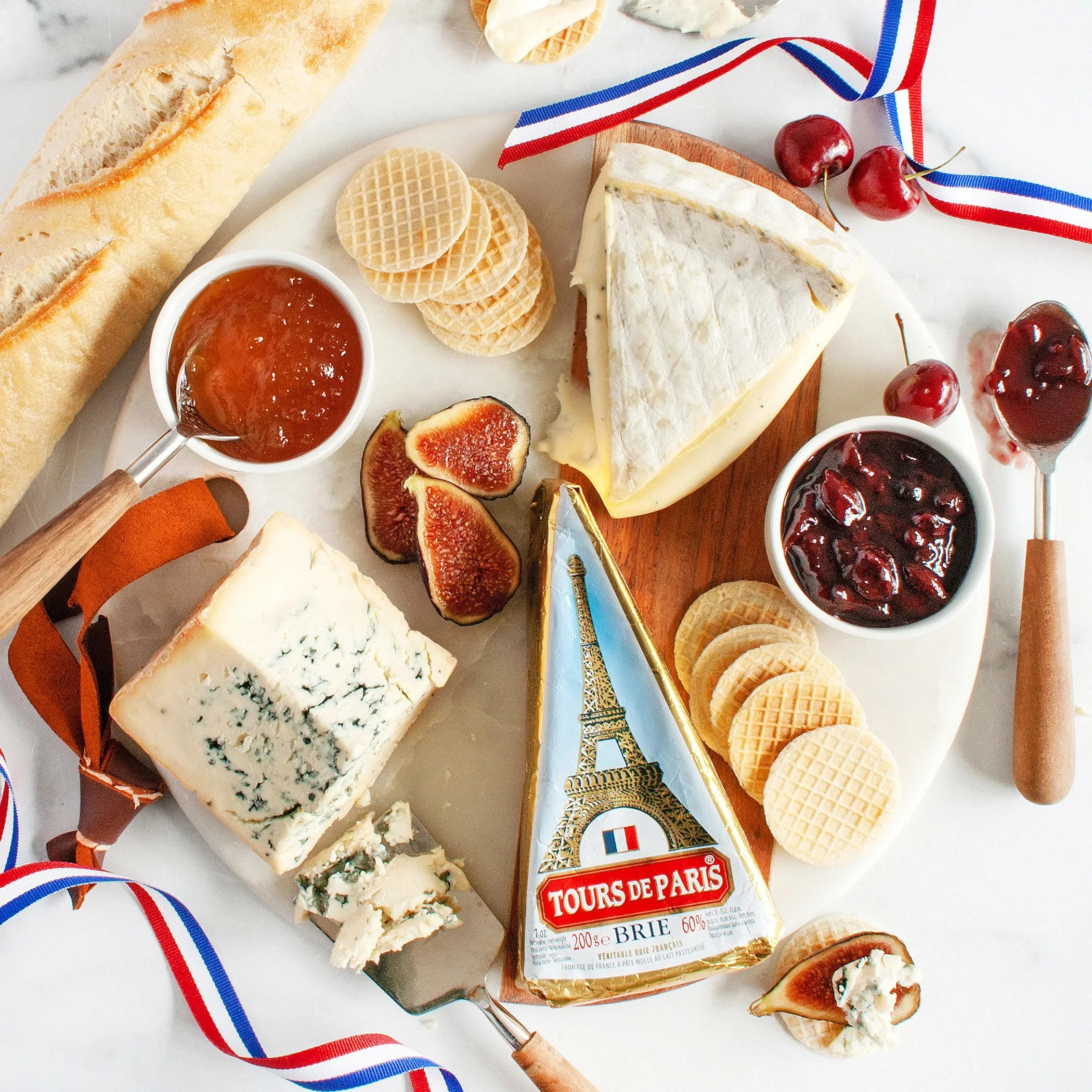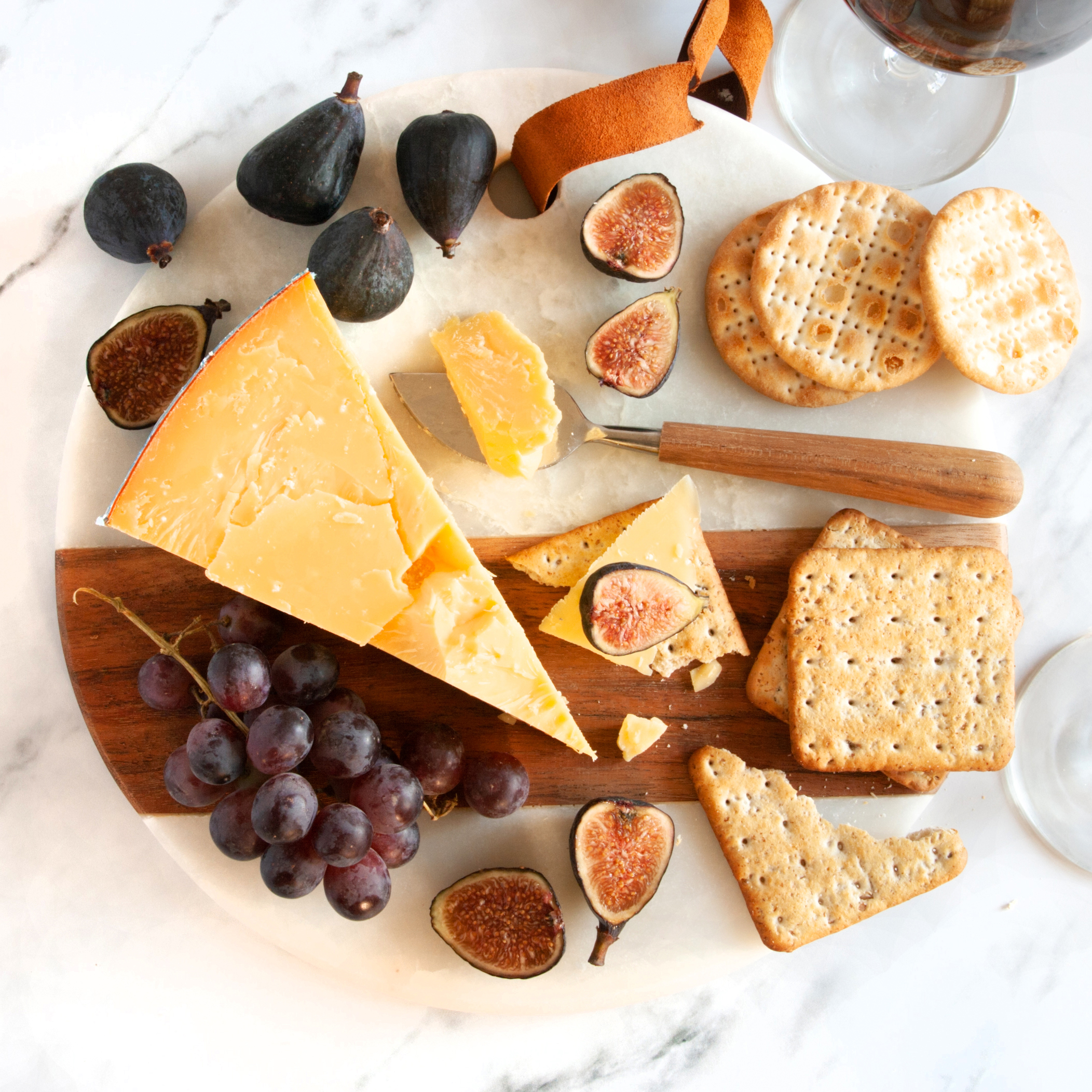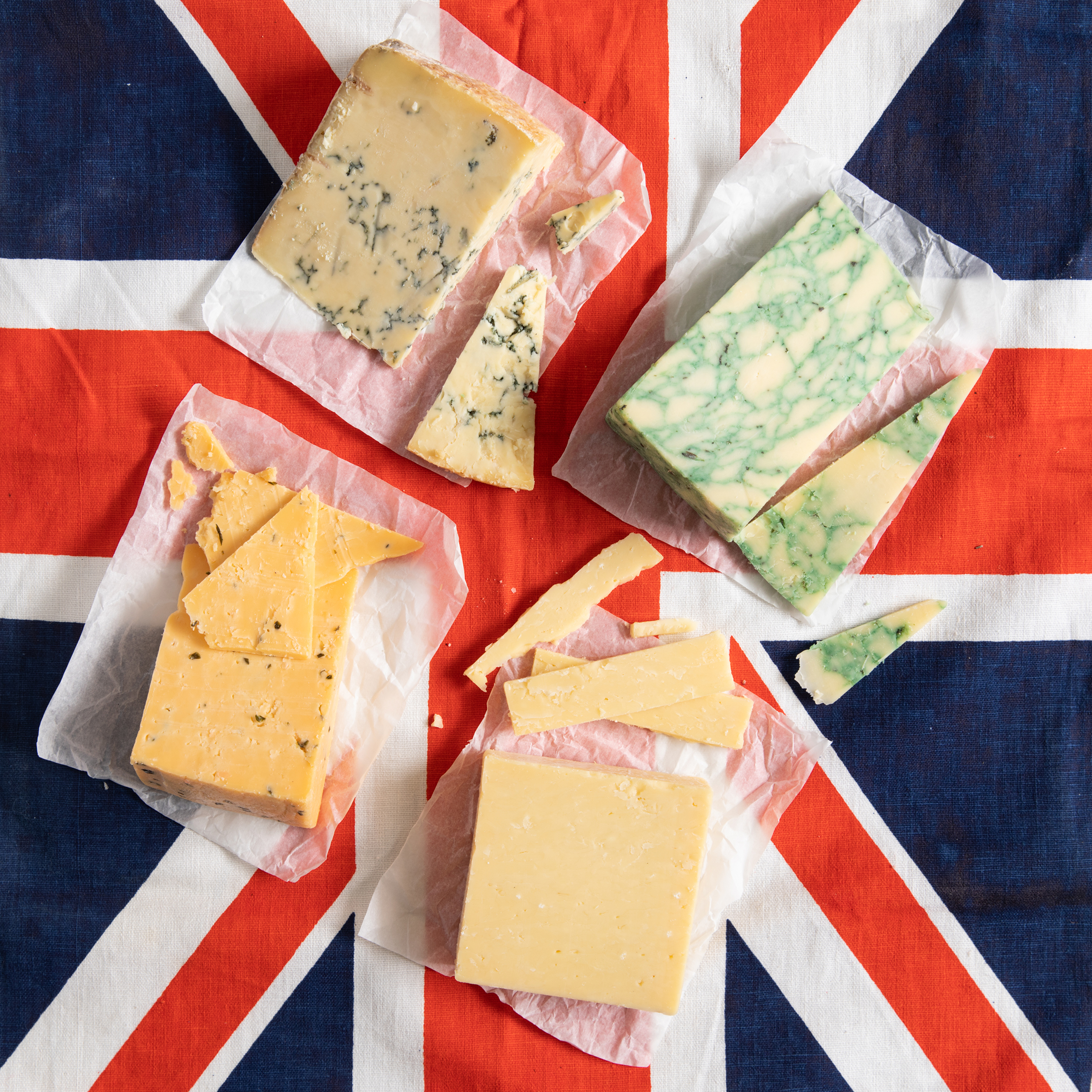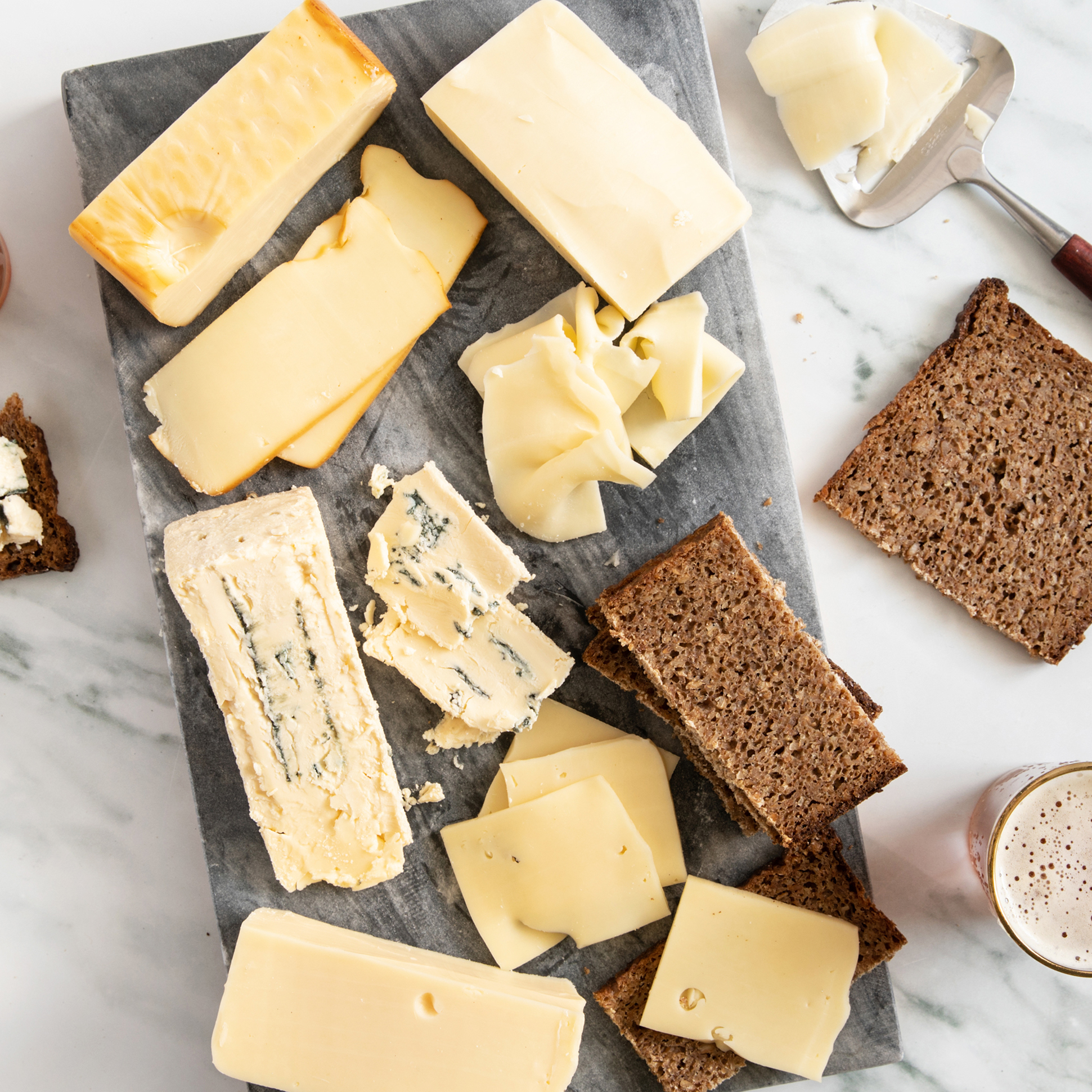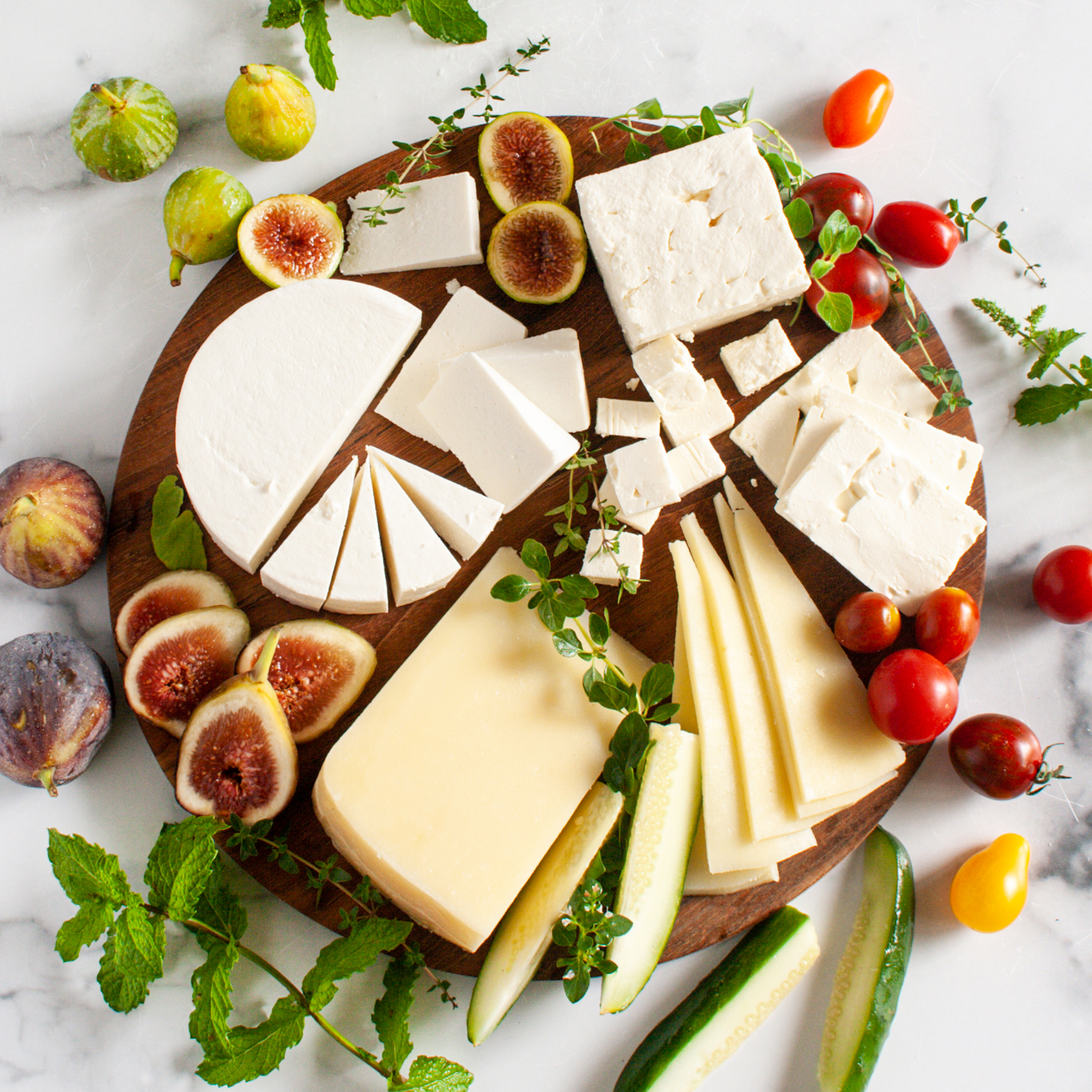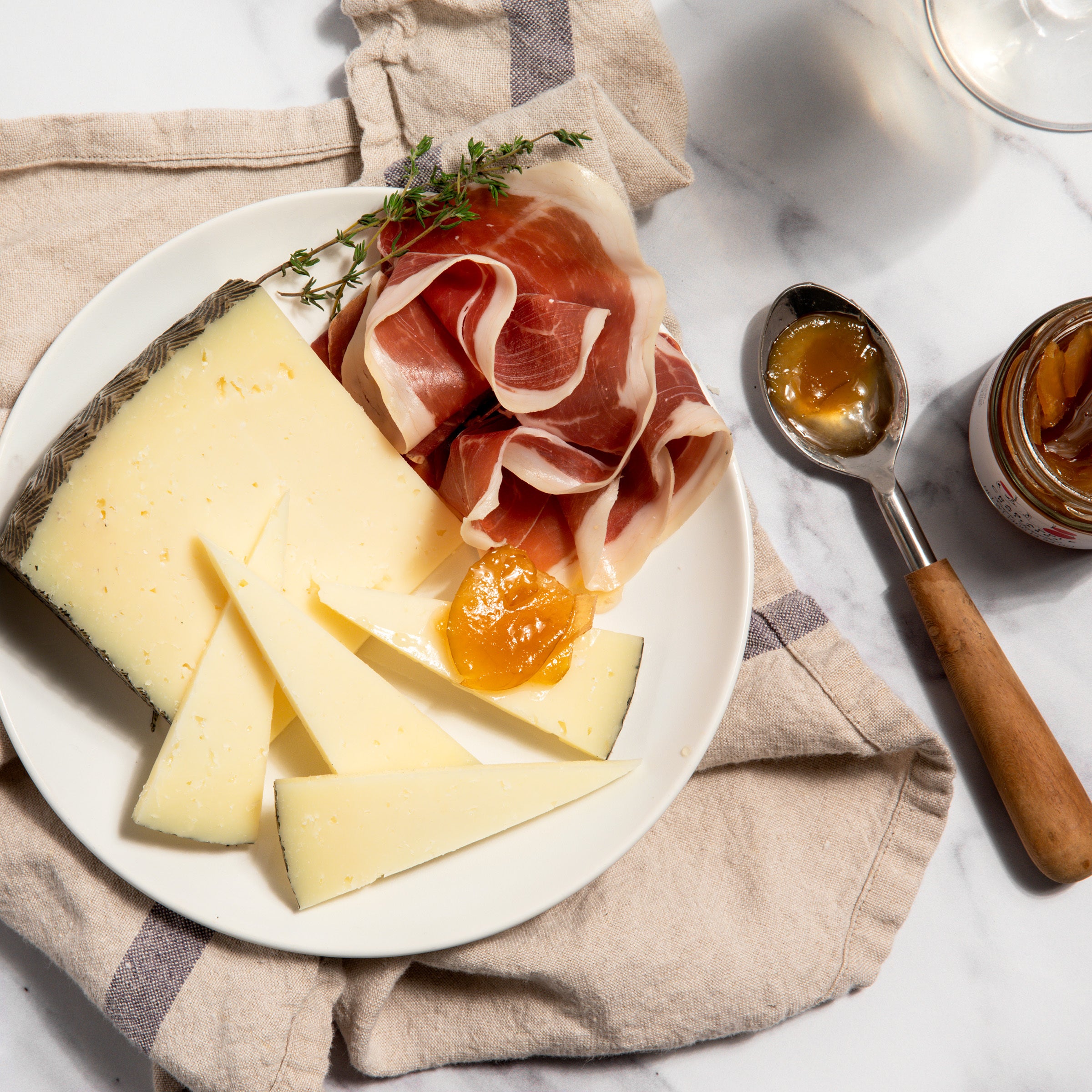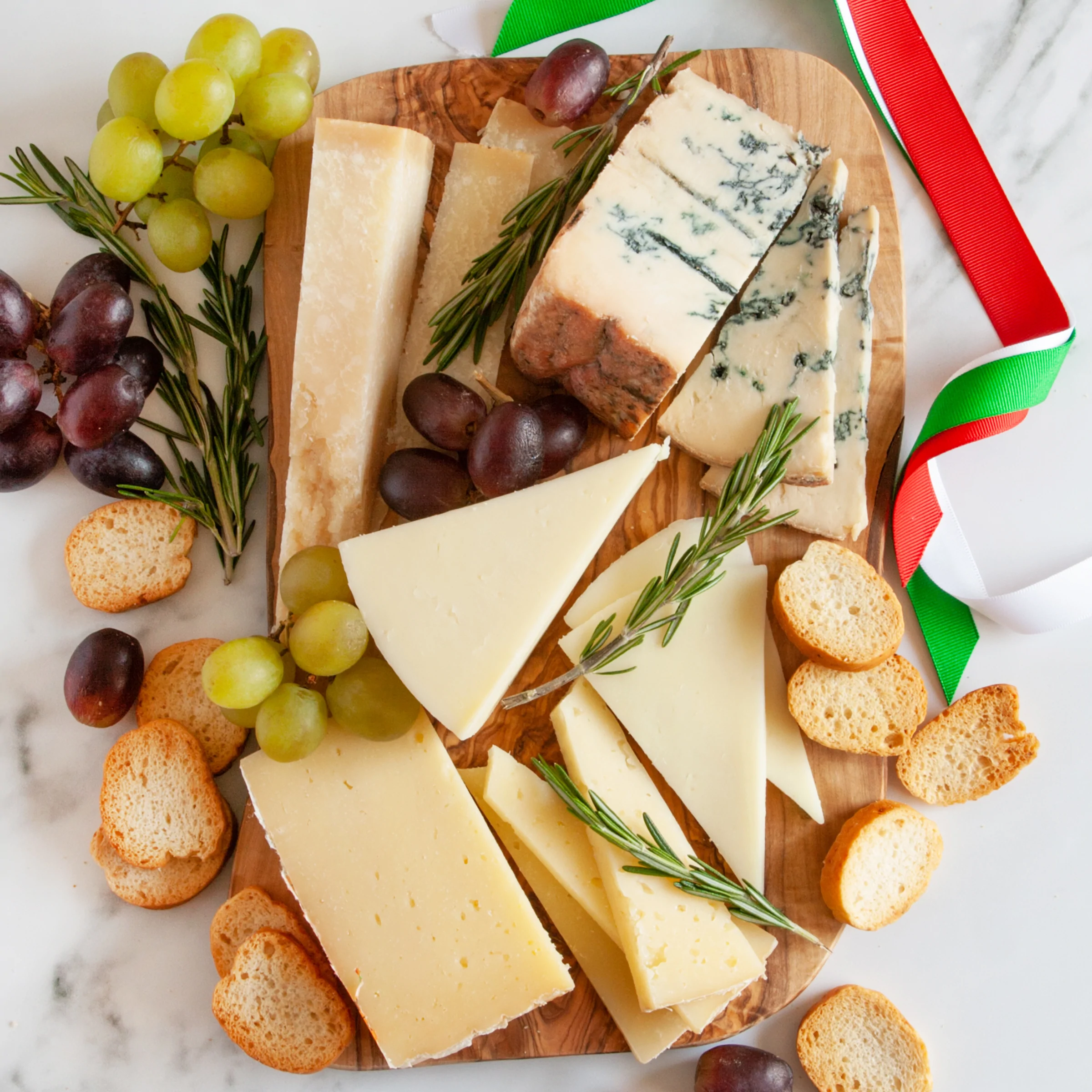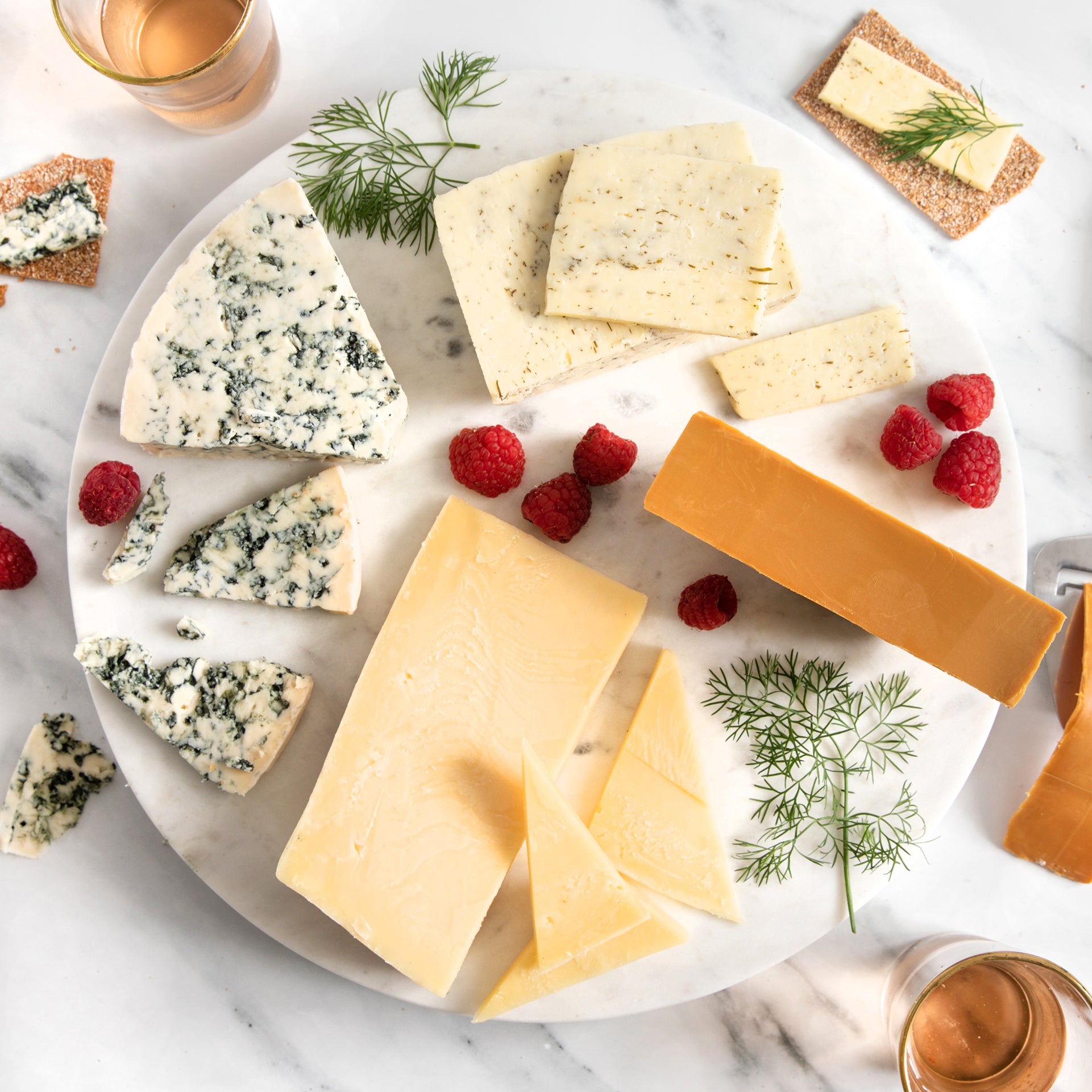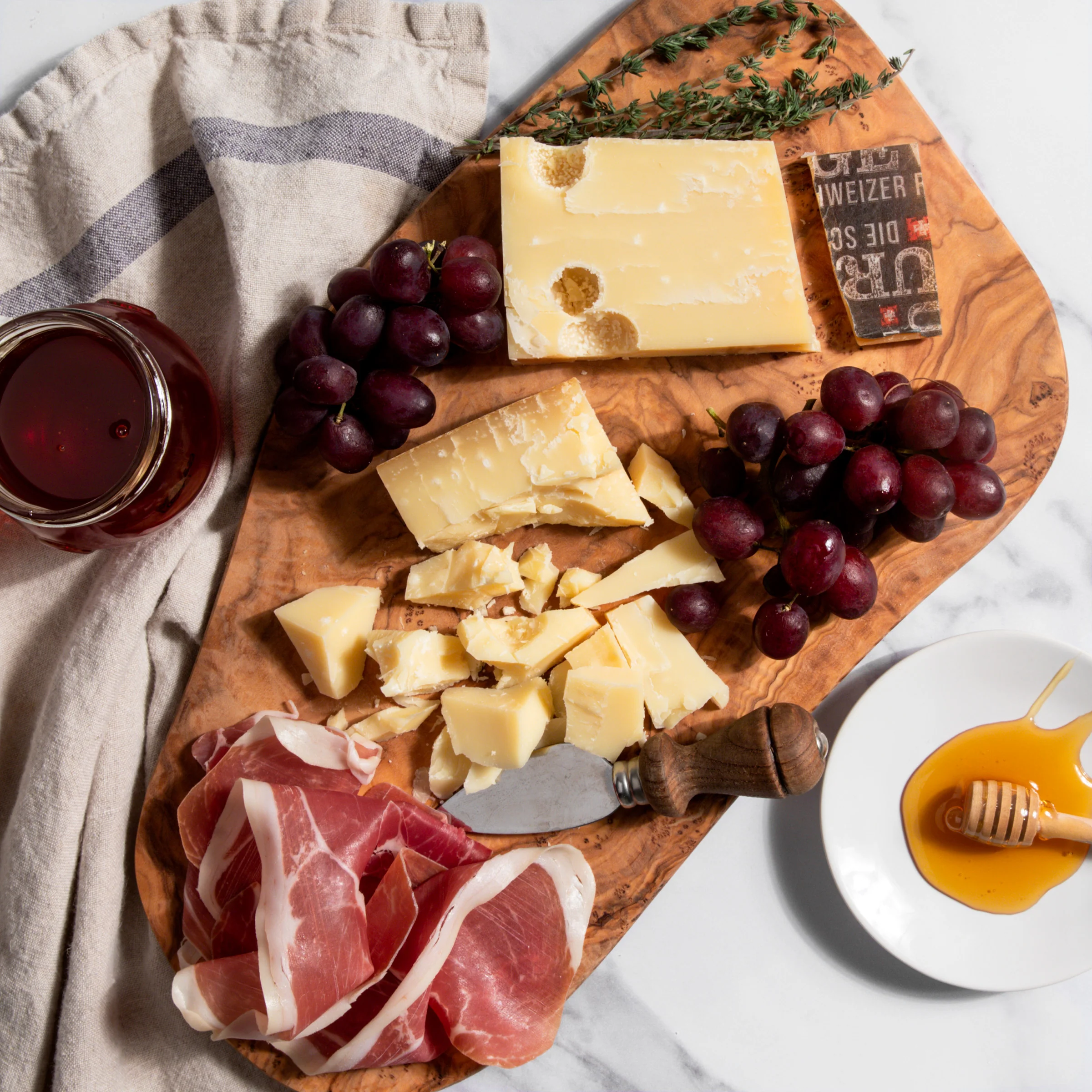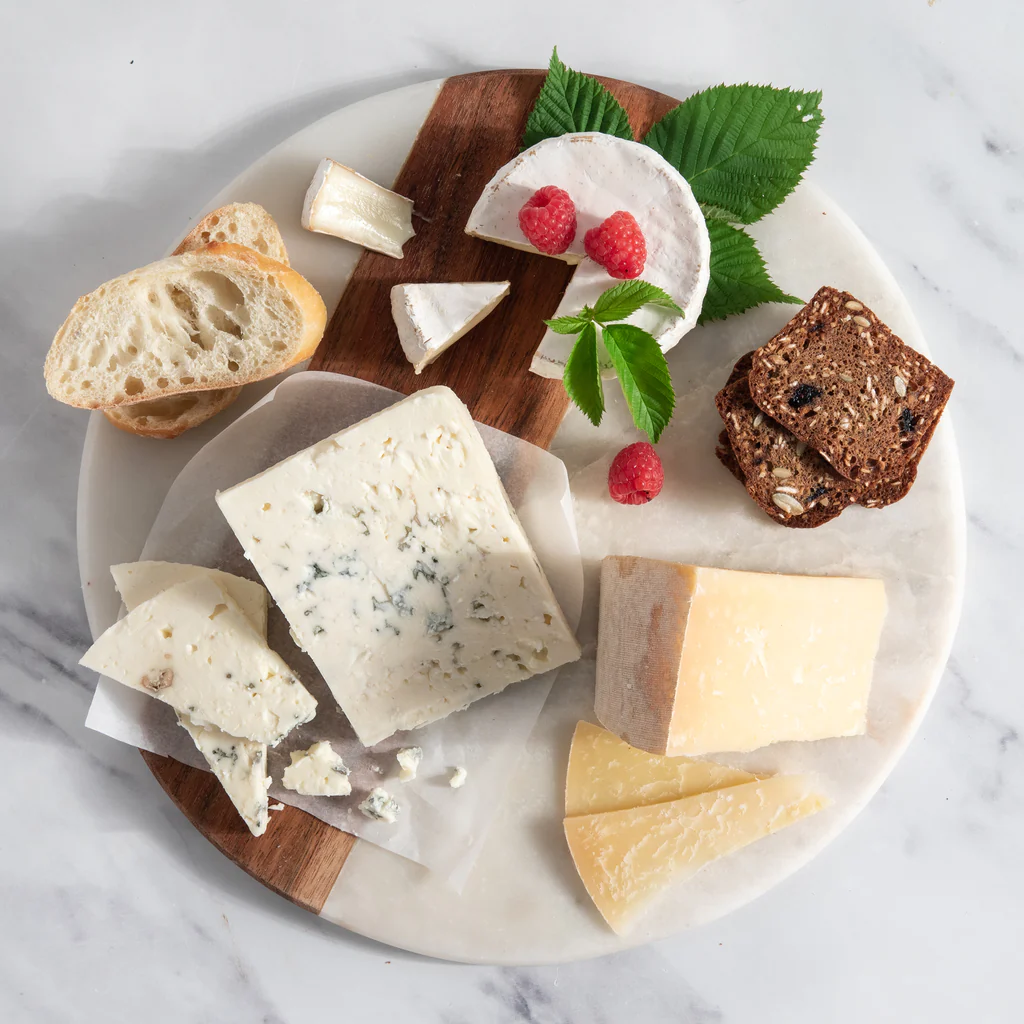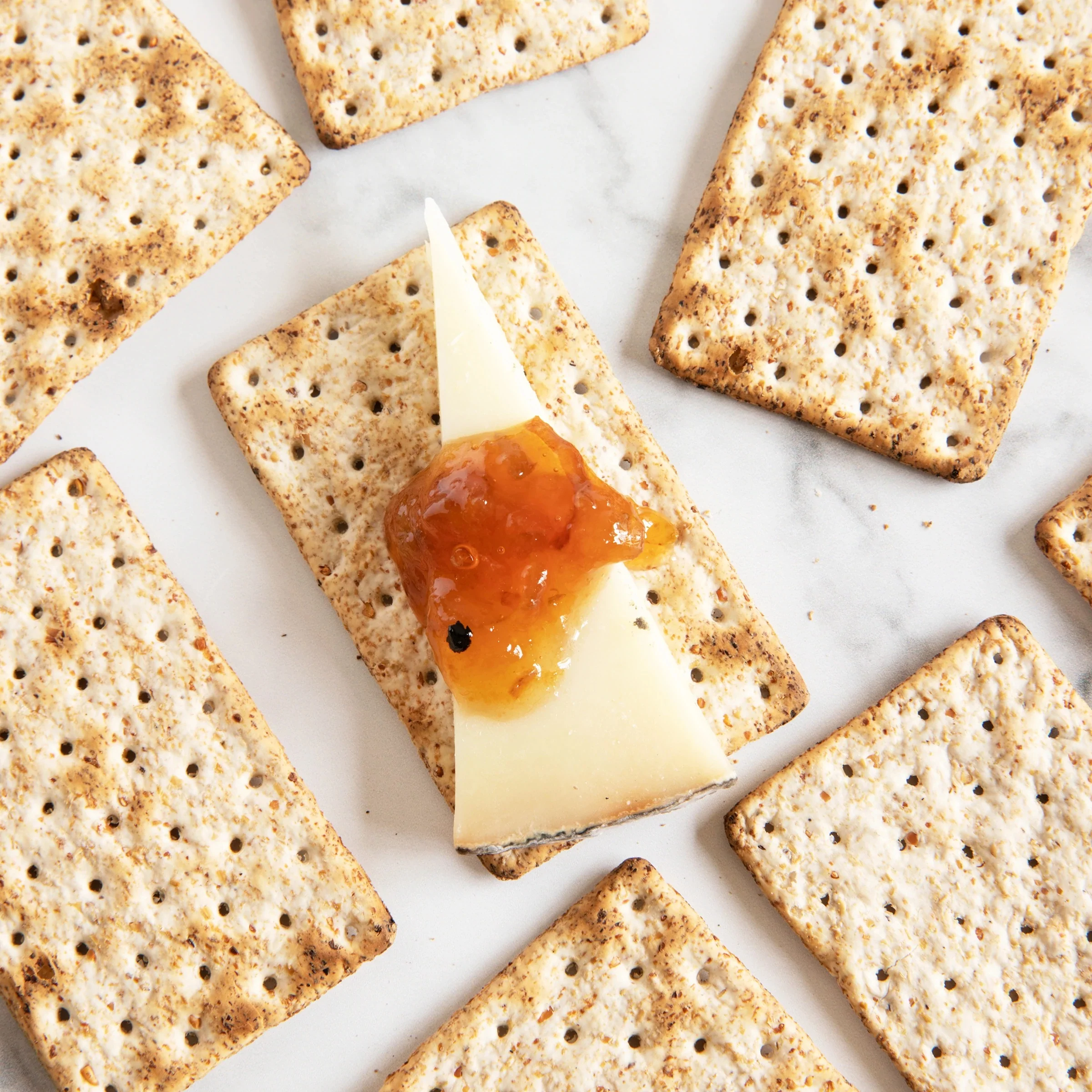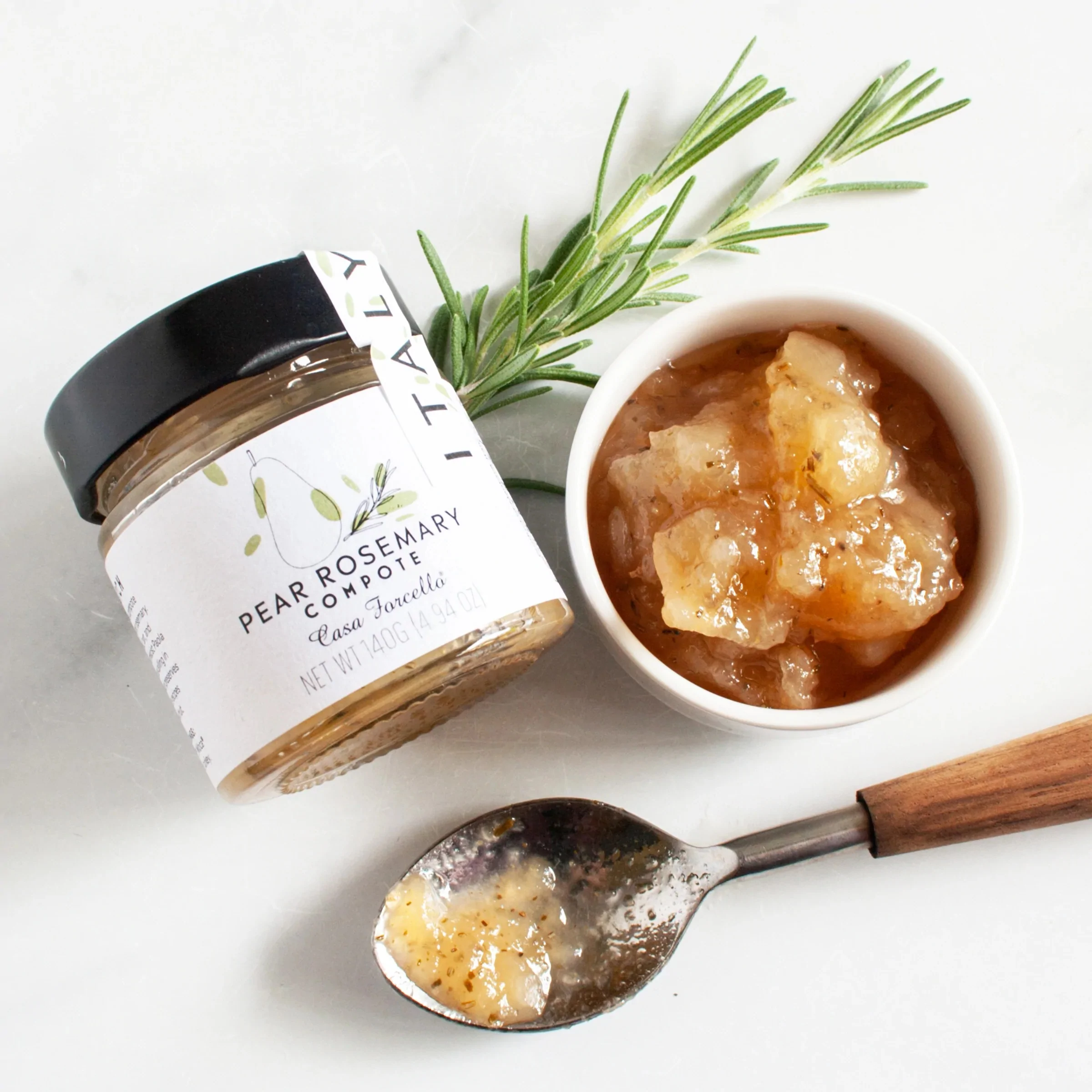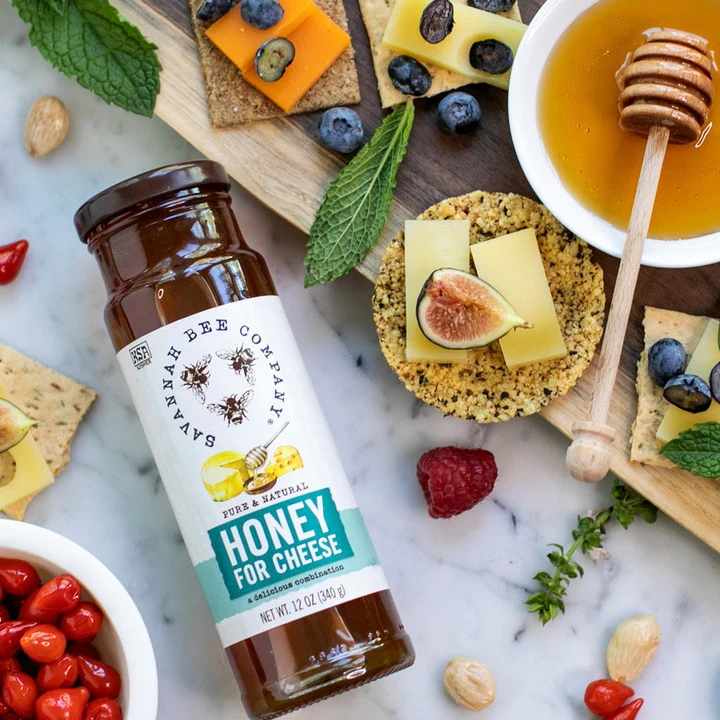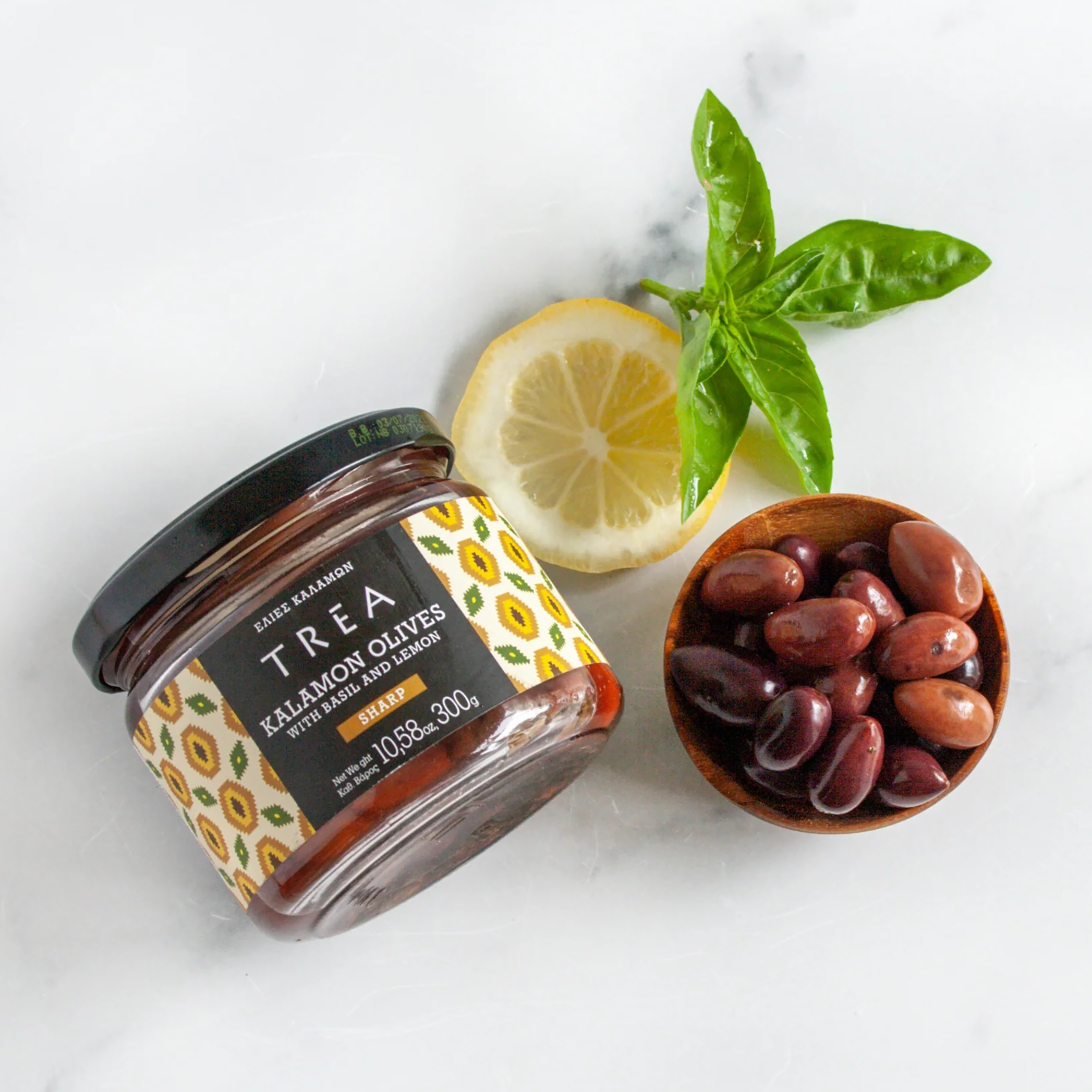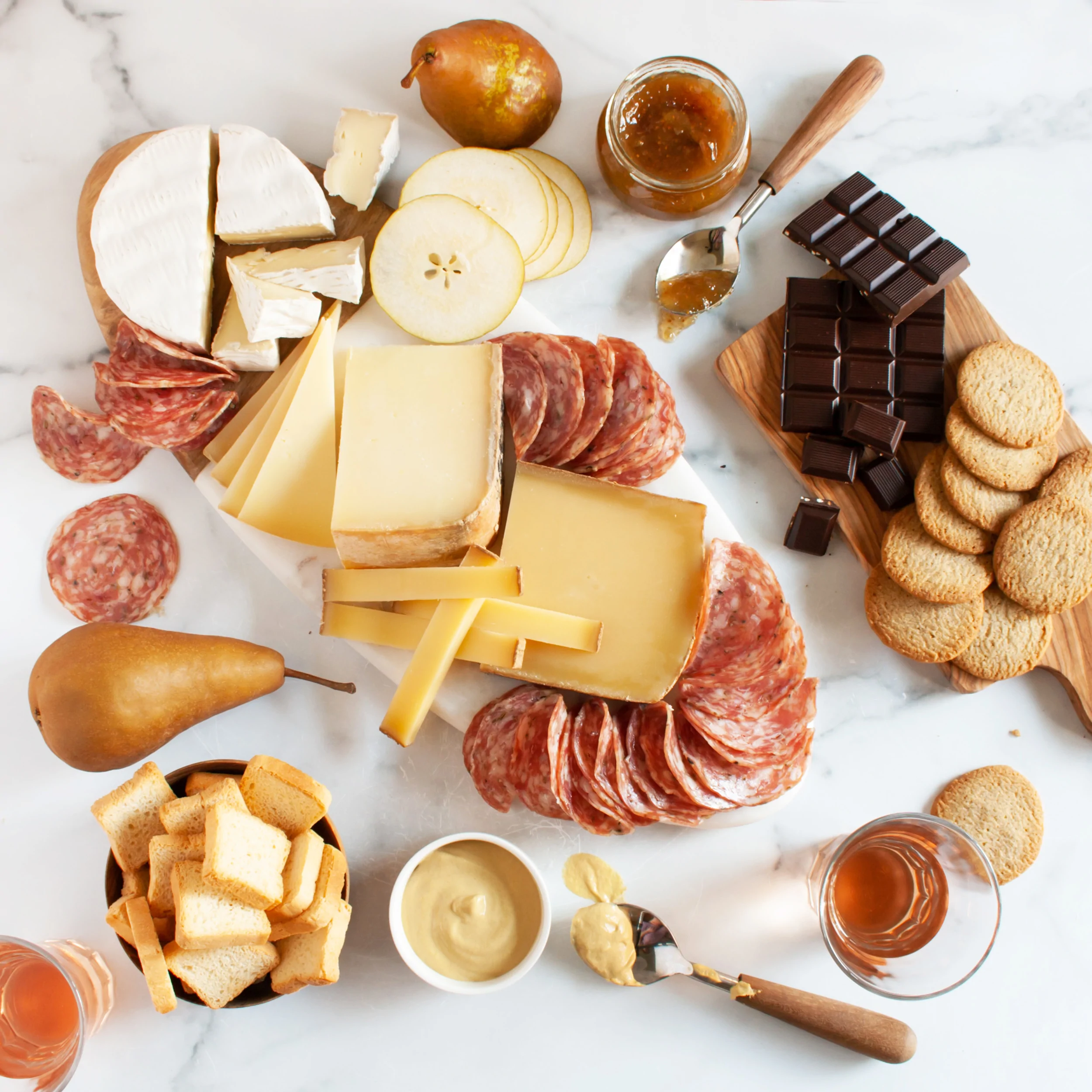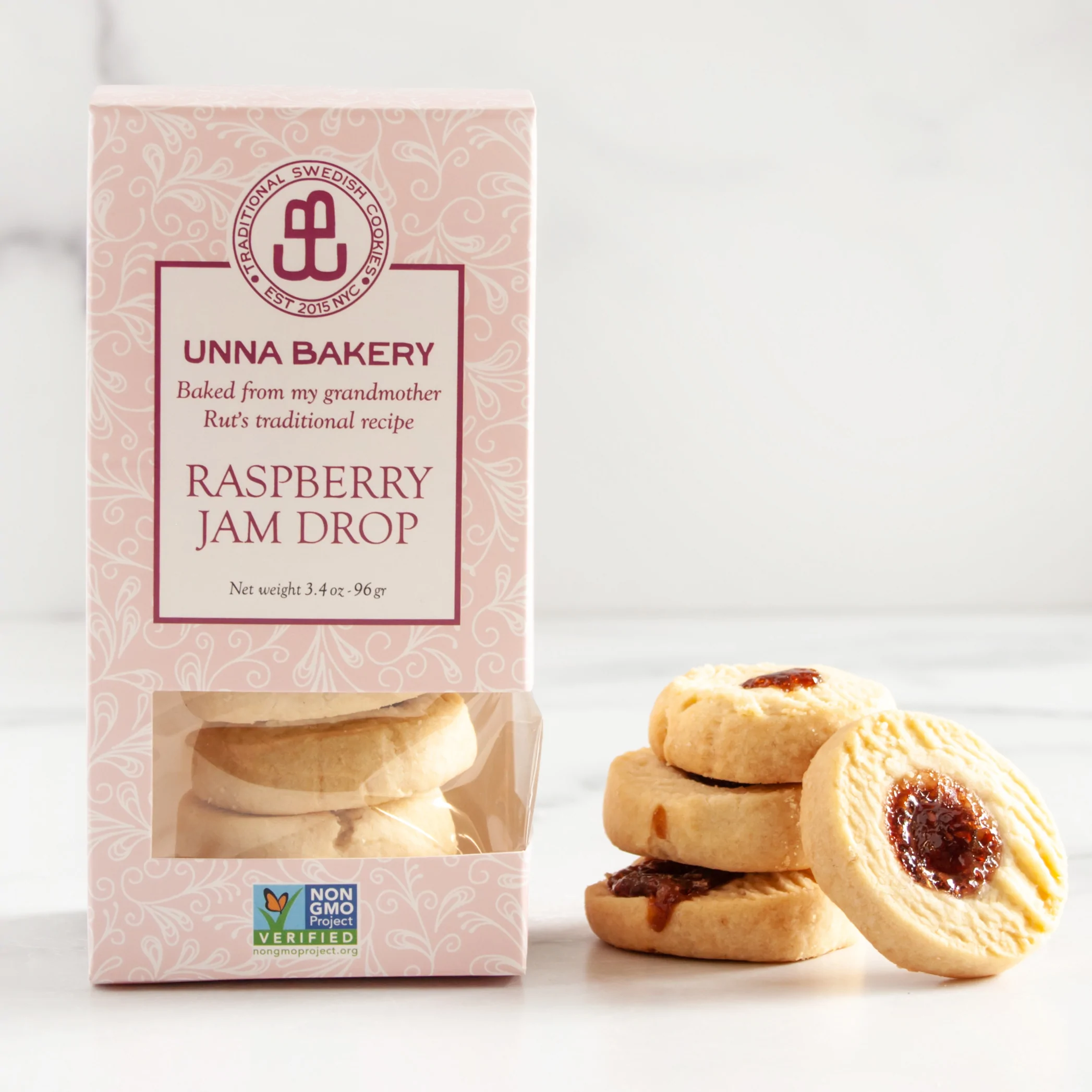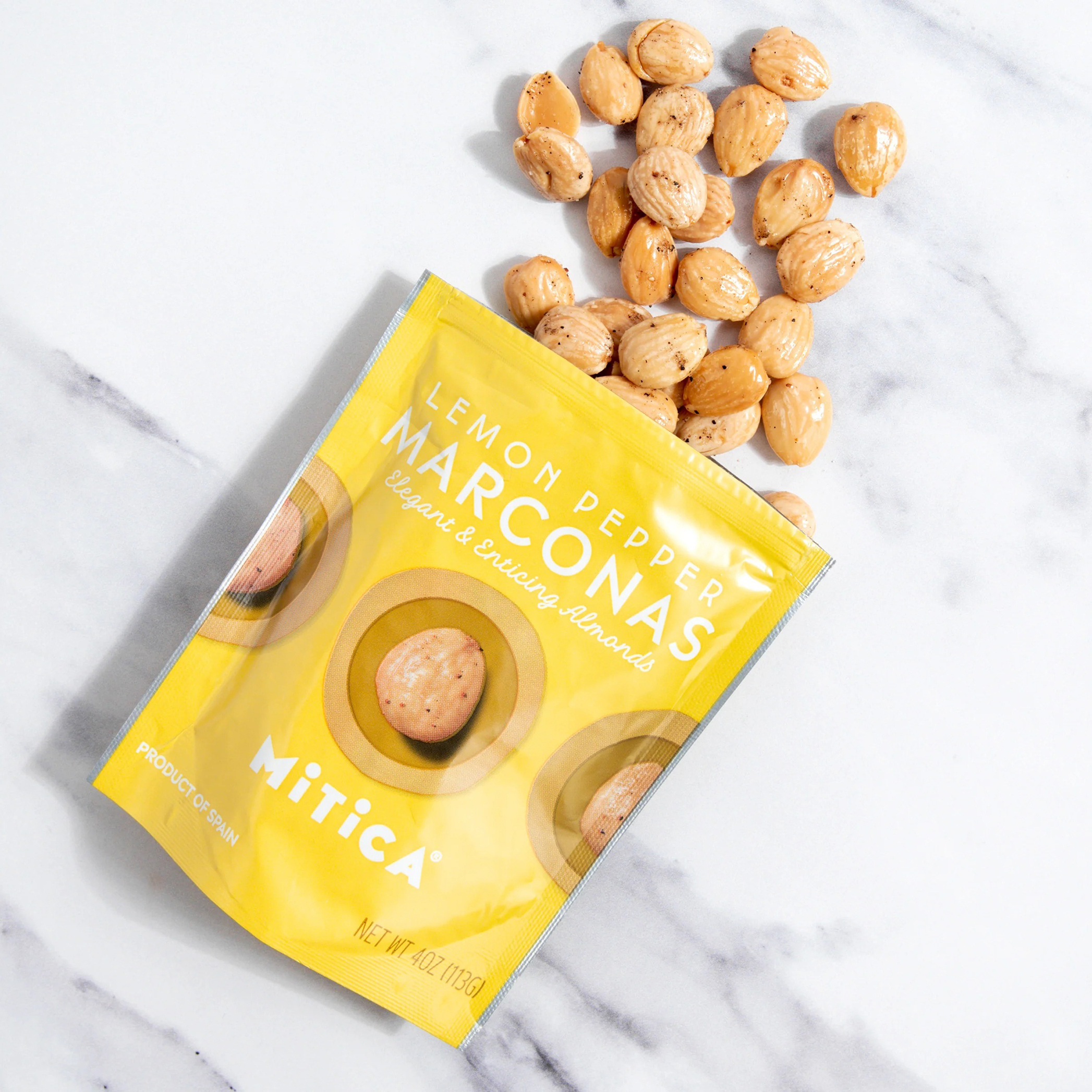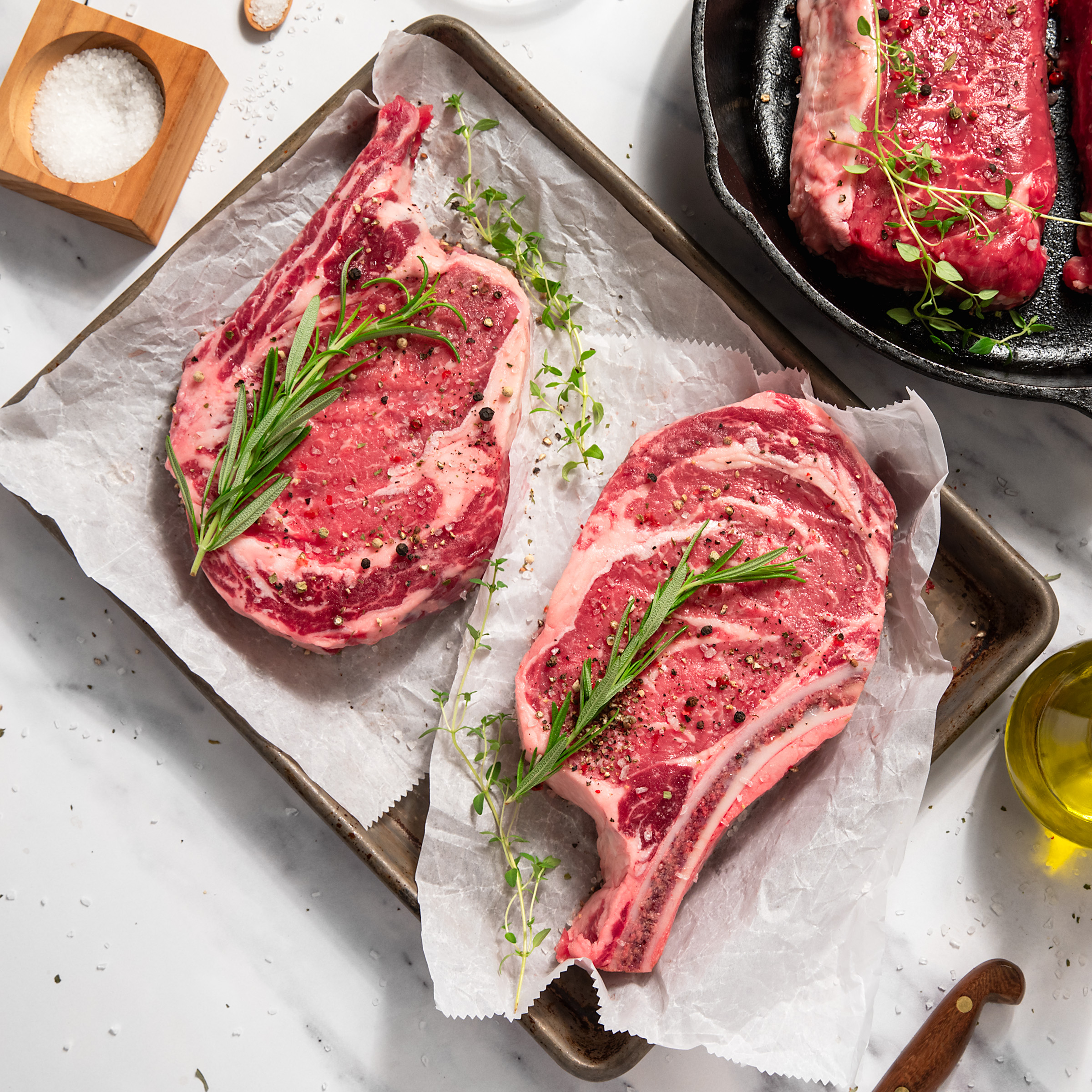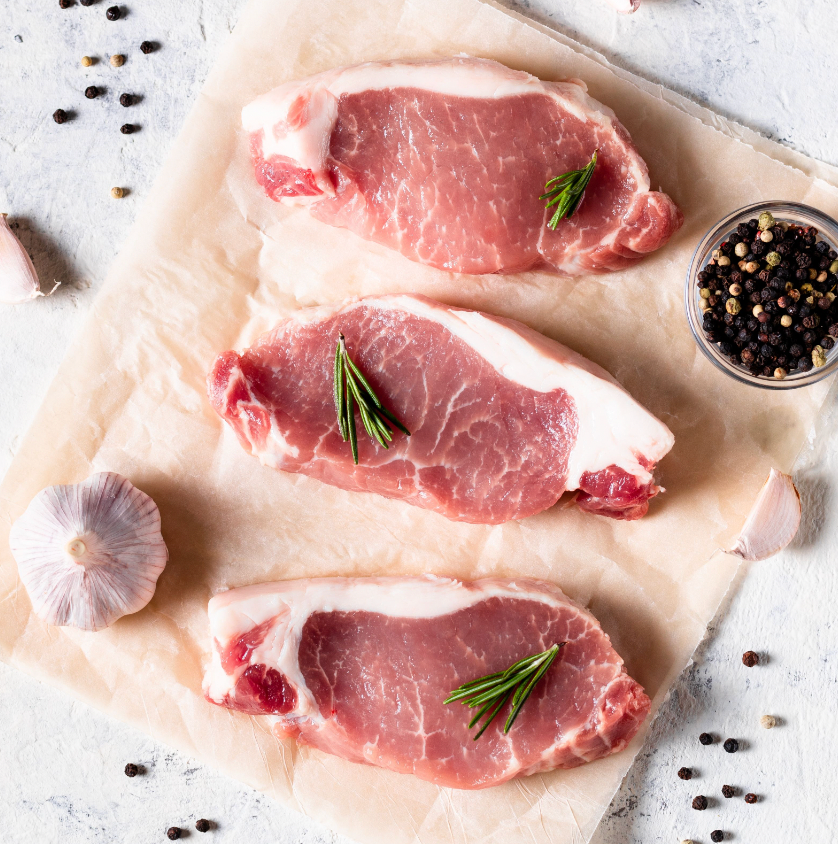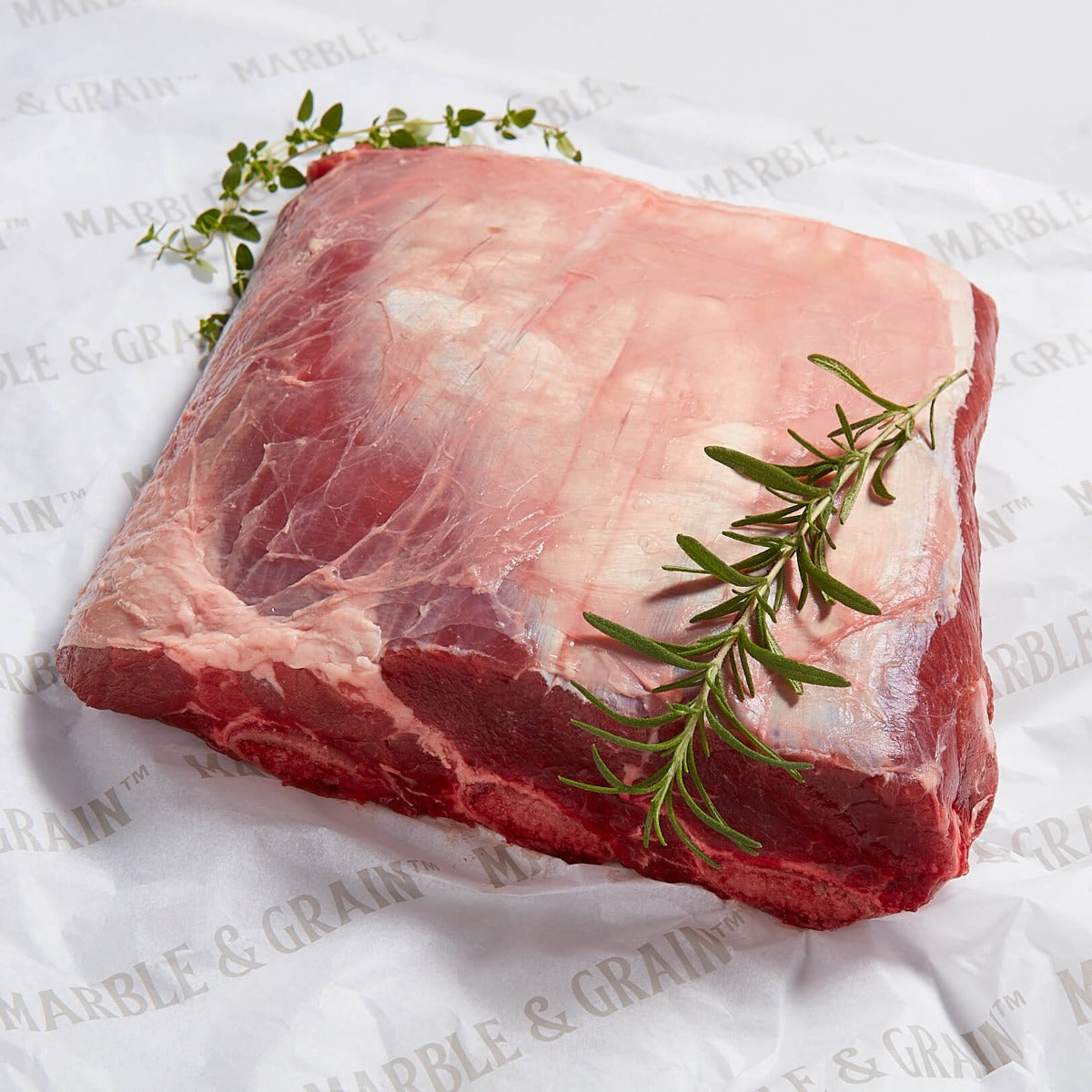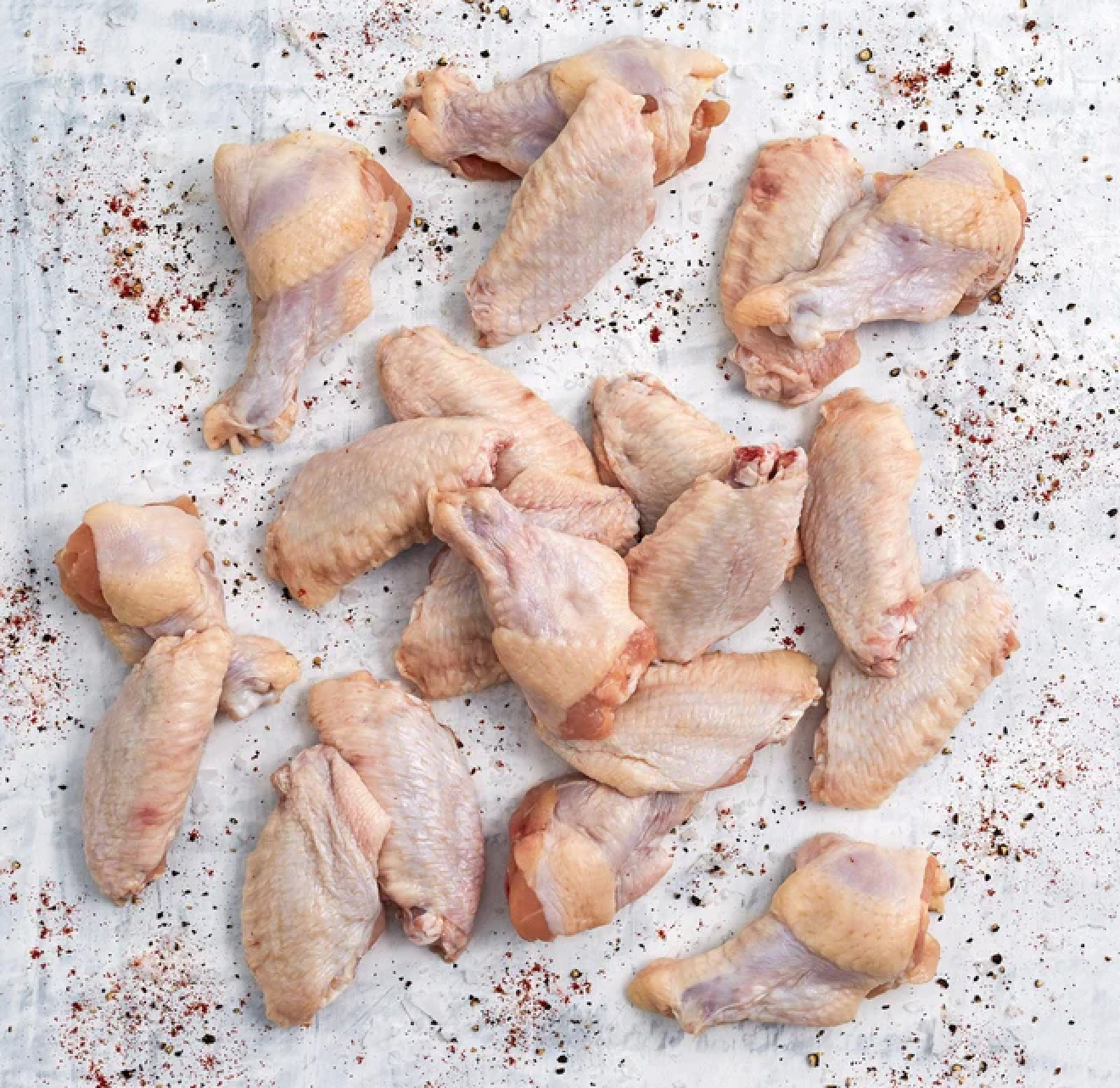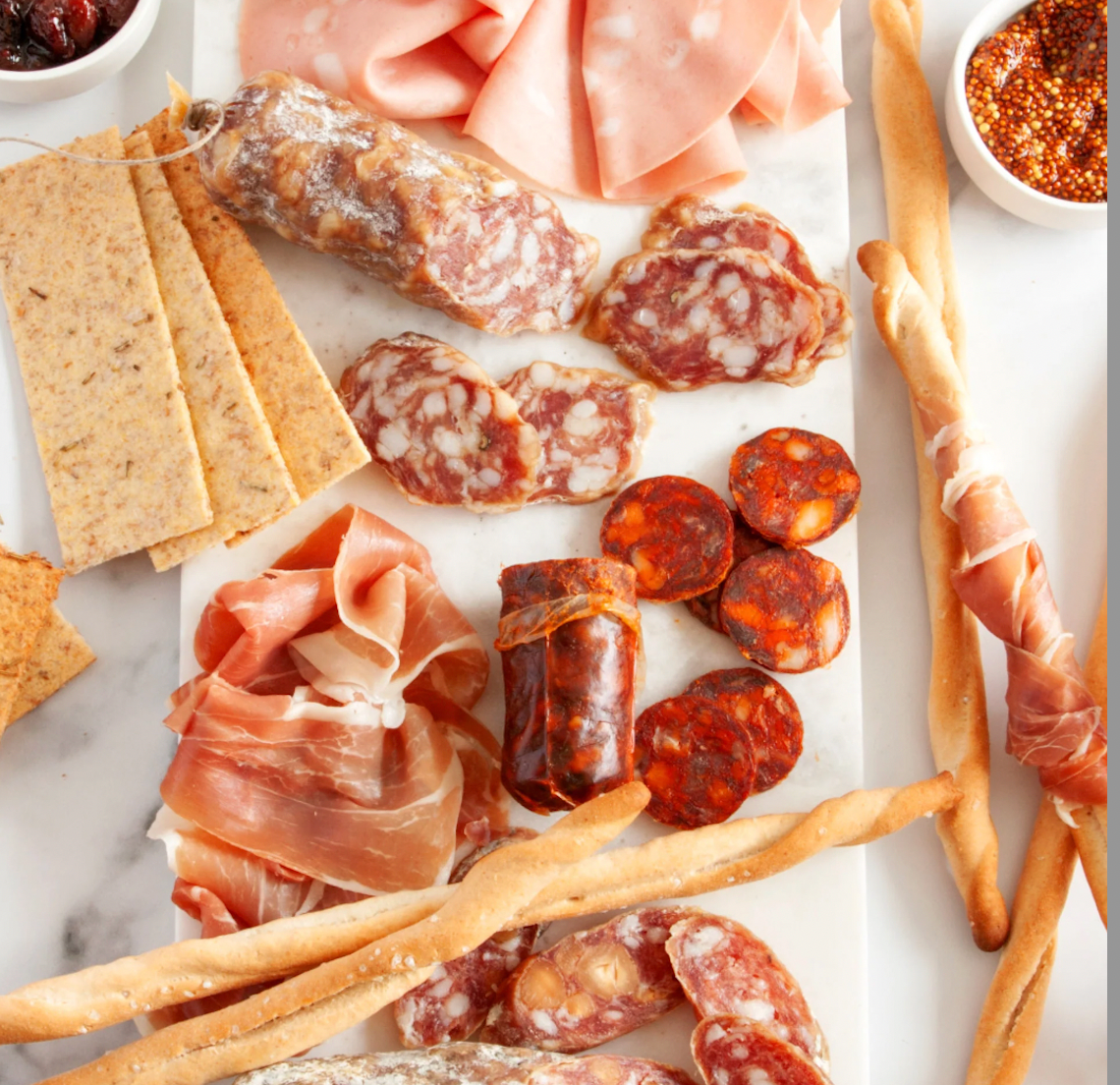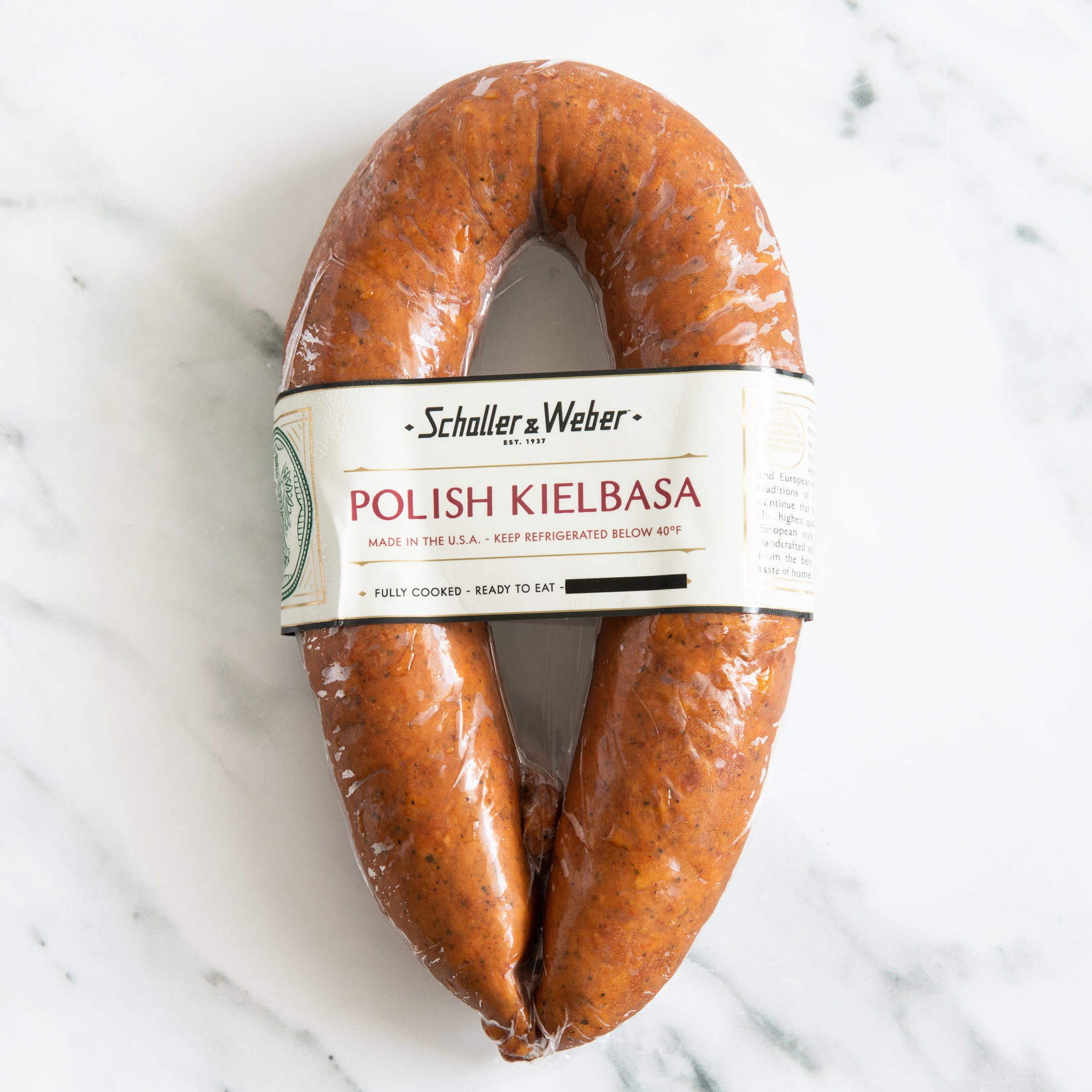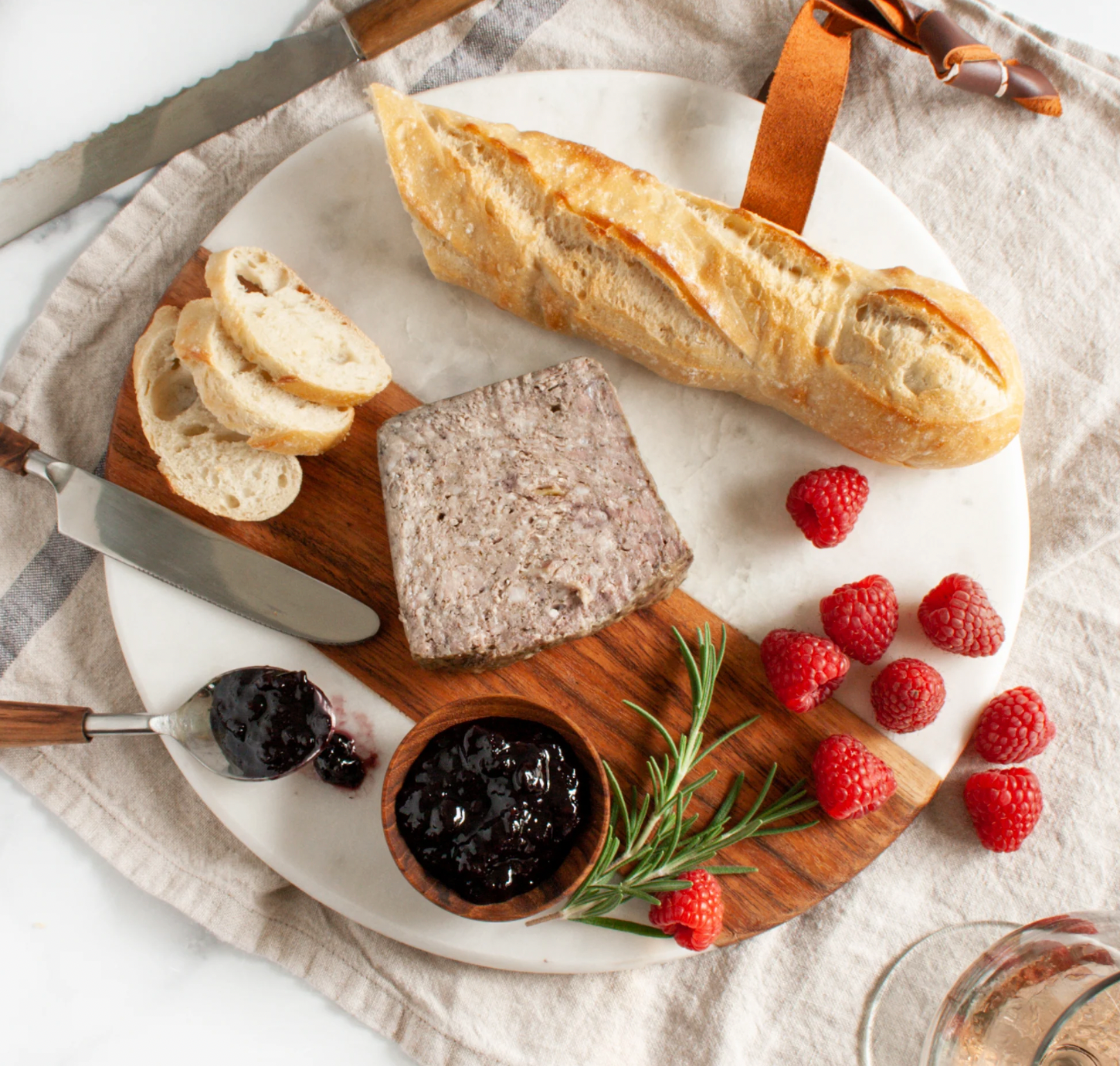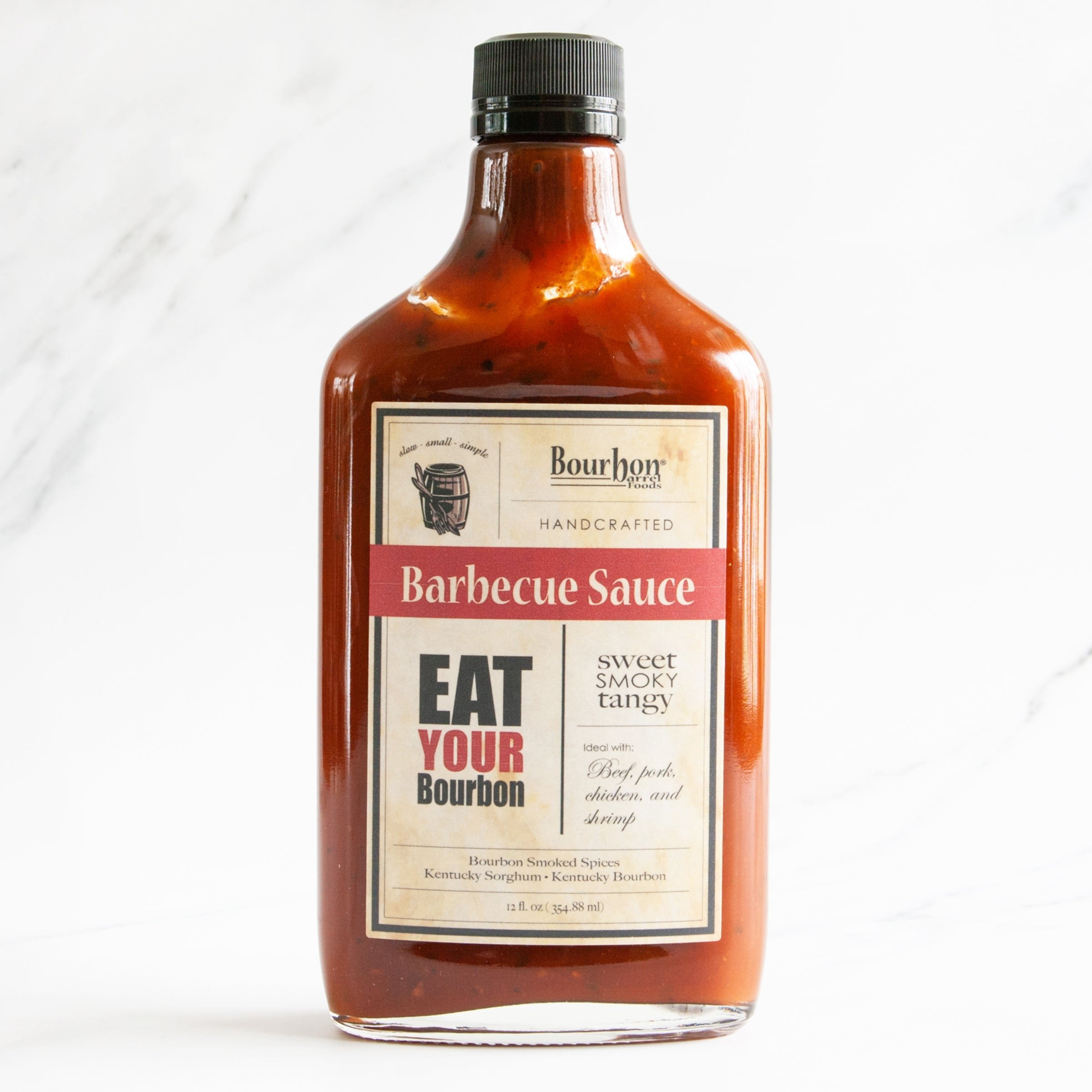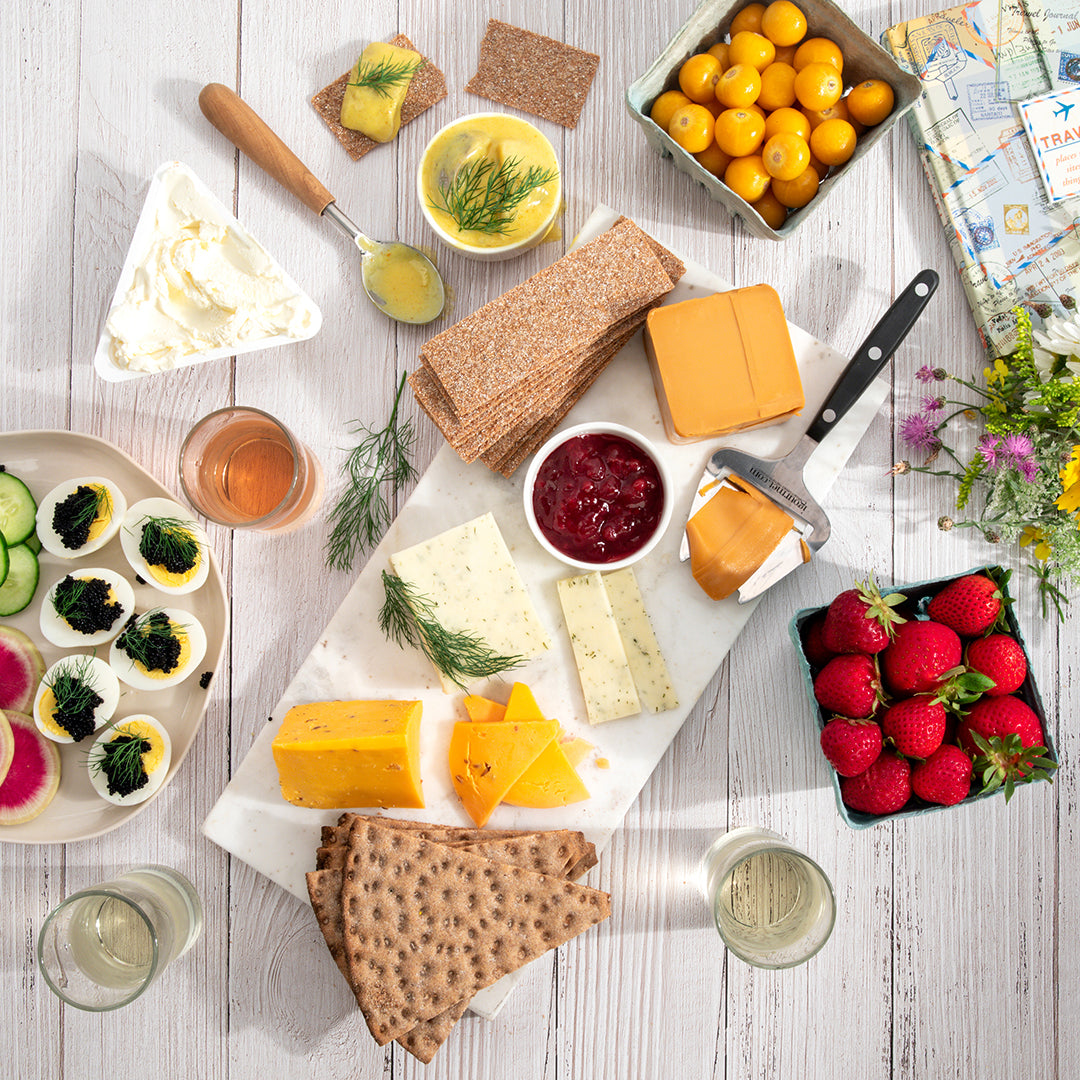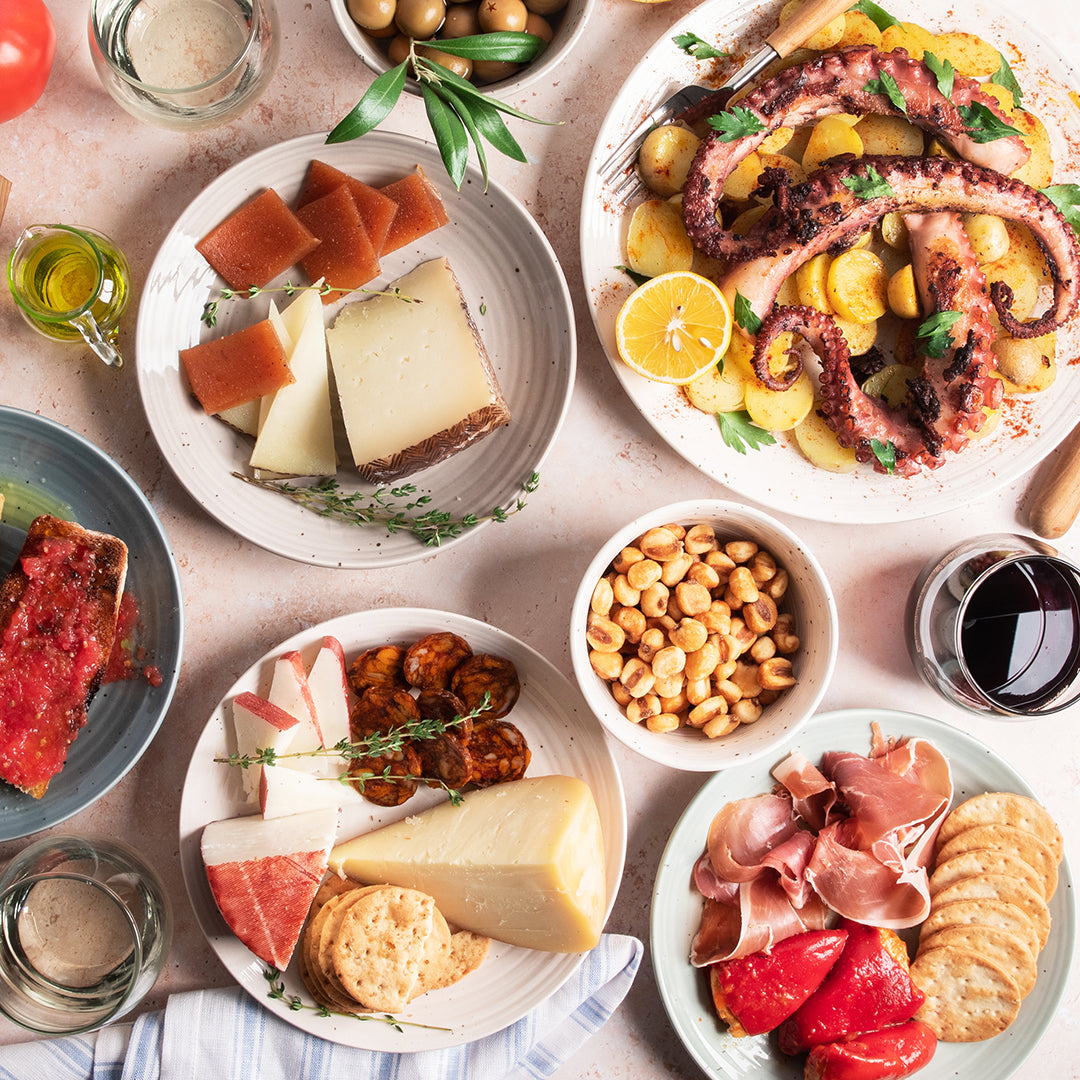Swedish Cuisine Guide
English Cuisine Guide
June 12, 2019 | By Dave Mattingly
Shop English Food, Find Traditional Recipes, Read About History and Culture
English Food has been influenced over the course of history by the cuisine of the British Empire, and from its earliest days, invaders who occupied its land. The Roman conquest of England greatly affected English Food's history by introducing new foods to the land including many animals such as pheasants and peacocks, vegetable such as carrots, endive, cucumber, asparagus and celery, and herbs and spices such as pepper, ginger, cinnamon and parsley. The Romans also imported food items that still hold significance in the cuisine of England today such as dates, almonds, olives, wine, and olive oil and also introduced cheesemaking techniques to the region. The Romans built roads which allowed for trade, making London an important trading city, setting the stage for the import of new and exotic foods. In the 9th century, Viking occupation introduced smoking and drying fish. Fish such as salmon, eel, oysters and mussels played an important role in English diets, as well as duck, geese and wild deer. Meat was reserved for the wealthy, while no part of an animal was wasted as evidenced by blood pudding, a sausage made from blood, grains, fat, seasonings and spices.By the 11th century, the Franco- Normans introduced French foods, and spices such as saffron and nutmeg. Meat pies became a staple in the Middle Ages, made of beef, lamb or duck but most commonly, the magpie pigeon. Meat pies were pies made of meat which were enclosed in a thick and often inedible open top pie crust. After the discovery of the New World in the late 1500s, brand new foods such as sugar, coffee, chocolate and potatoes were introduced. New combinations of food were created such as puddings and with sugar now available, sweets emerged such as Christmas Cake and Hot Cross Buns. As the British Empire expanded, new foods from foreign lands such as tea from Asia and curries and spicy sauces from India became an important part of English cuisine that has continued to have lasting effect through modern times. The first Indian restaurant was opened in London in 1809, while curry found popularity by the middle of the century. Indian cuisine continues to play an important role in English Food as Chicken Tikka Masala, chicken marinated in spices and yogurt and served with a masala (mixed spices) sauce, is considered a British national dish today. Thanks to the 4th Earl of Sandwich (1718-1792), sandwiches took a foothold in English food traditions. It is said that eating a sandwich allowed him to gamble with one hand and eat with the other. Fish and chips, deep-dried battered fish and French fries, became popular during the second half of the 1800s and have continued to be a very popular take-out food in present day England.
In 1940, rationing of food began in England and Great Britain which lasted through World War II. Foods that were rationed included meat, fats, cheese, butter, milk and eggs. Food rationing contributed to English Food's reputation of being a bland and a sometimes tasteless cuisine. In recent years that reputation has diminished, as today food in England is inspired and multi-cultural as evidenced by the wide range of traditional English Foods described below:
Full English Breakfast
A full English breakfast traditionally consists of eggs, bacon, tomatoes, mushrooms, sausages, bread and butter, and is commonly served with tea. Bubble and Squeak made from potatoes, cabbage or other vegetables from a Roast dinner, traditionally made from the prior night’s leftovers is often included in the Full English Breakfast. In some regions, Blood Pudding, also called Black Pudding, is eaten with a Full English Breakfast.
English Sunday Roast
The English have had a love affair with beef for centuries and the Sunday Roast is a prime example of how beef has been ingrained in England’s national identity since the 1700s. Roast beef is the most popular meat cooked in the Sunday Roast while pork, lamb or chicken are also used. Yorkshire pudding (made from eggs, milk and flour), gravy, roast potatoes and other vegetables are often served alongside the Roast.
Savory Puddings and Pies
Along with meat pies, the English have a long history of savory puddings and pastries, such as Steak and Kidney Pudding and Pork Pie. Pasties are made by wrapping a piece of pastry around a filling, such as beef, cheese or vegetables. Pies are also made that are topped with mashed potatoes, such as cottage pie, made with minced beef, shepherd's pie, made with minced lamb, or fisherman's pie, made with fish and seafood.
English Sausage
English Sausages or "Bangers" are usually made from fresh meat, mostly pork and beef, although gourmet sausages made from game meats such as venison and wild boar are available. Bangers and Mash is a traditional English dish made from sausages and mashed potatoes that are served with fried onions or onion gravy. Another popular English dish called Toad in the Hole is made from sausages, with a batter reminiscent of Yorkshire Pudding and served with vegetables and onion gravy.
English Pub Food
While traditionally English Pubs placed most emphasis on drink instead of food, in the 1950s some English pubs offered "a pie and a pint", steak and ale pies, which evolved into "chicken in a basket", chicken and chips on a napkin in a wicker basket, in the 1960s. Ploughman's Lunch also originated during this time, often eaten in sandwich form, consisting of cheese (often Cheddar or Stilton), pickles, apple, pickled onions, salad, bread and a pint of ale. Beer was the first alcoholic drink produced in England, and has been produced in the form of bitter, mild ales, brown ales, old ales (dark malty beer) and Stout. Lagers and Pilseners have been popular since the mid 1900’s, particularly with when served with spicy ethnic foods.
English Cheese
While cheese has been made in England for many centuries, peasant farmers and monks from monasteries were some of the country's first modern cheesemakers. First mentioned in print in 1580, Cheshire is believed to the England's oldest modern cheese and by the late 18th century was the best selling cheese in England. British Farmhouse Cheddars, originating in the 1500s are renowned throughout the world and are by far the most common cheeses in England today, accounting for 51% of the country's cheese market. Second to Cheddar cheese is Stilton, often called the "King of Cheese", injected with Penicillium roqueforti bacteria to help with mold growth. Stilton is a pungent cheese known for its distinct blue green veins.
Other traditional regional cheeses include Lancashire, originally made by farmers' wives from surplus milk, and the distinctly orange/red colored Red Leicester, a crumbly, nutty and lemony cheese. Originally produced during the 1600s for holidays such as Christmas, Sage Derby is a visually stunning cheese, with a mottled green color and sage flavor. Double Gloucester is a cow’s milk cheese that has a hard texture and strong flavor. Both Cotswold and Huntsman cheese are made from Double Gloucester: Cotswold blends chives and spring onion into Double Gloucester while Huntsman layers Double Gloucester with Stilton. There are many more English Blended Cheeses, which originated long ago with the Romans, who blended fruit and herbs into their cheeses. Examples of English Blended Cheeses include White Stilton with fruits such as Apricots, Blueberries, Lemon, and Mango and Ginger, Wensleydale with Cranberries, and English Cheddar with Caramelized Onions. Today, many traditional British cheeses have been granted PDO (Protected Designation of Origin) status, which restricts cheese production to certain regions in England, using specific ingredients and production methods.
English Desserts
Prior to the introduction of sugar from the New World, many English Desserts were sweetened with dried fruit or honey. Steamed puddings pies and other sweets were very popular. It is said that Queen Elizabeth I loved custard (a thick, rich and sweet mixture made from egg, sugar, milk or cream) so much that all her teeth turned black! Other traditional English Desserts include pies, such as the classic English Apple Pie, Trifle, made from fruit, custard, sponge cake and whipped cream, and puddings such as Hasty Pudding, a steamed pudding made of milk, flour, butter, eggs and cinnamon. During the holidays, Christmas Pudding, a boiled pudding made of dried fruit with suet (beef or mutton fat) was prepared. Originating in Medieval England, Christmas Pudding is very dark, nearly black, due to the long cooking time and dark sugars in its recipe. Spotted Dick is a steamed suet pudding containing dried fruit and typically served alongside custard. Bread and butter pudding as another traditional English pudding made from butter bread layered with raisins and an egg and milk mixture, seasoned with spices. English Crumpets (griddle cakes made from flour and yeast) are another popular English sweet, often enjoyed during English tea time, along with English Biscuits or other cookies. Originating in southwestern English counties of Cornwall and Devon, Clotted Cream is a thick and rich cream, commonly served in both sweet and savory dishes and in “cream tea”, tea served with clotted cream, scones and strawberry jam.






